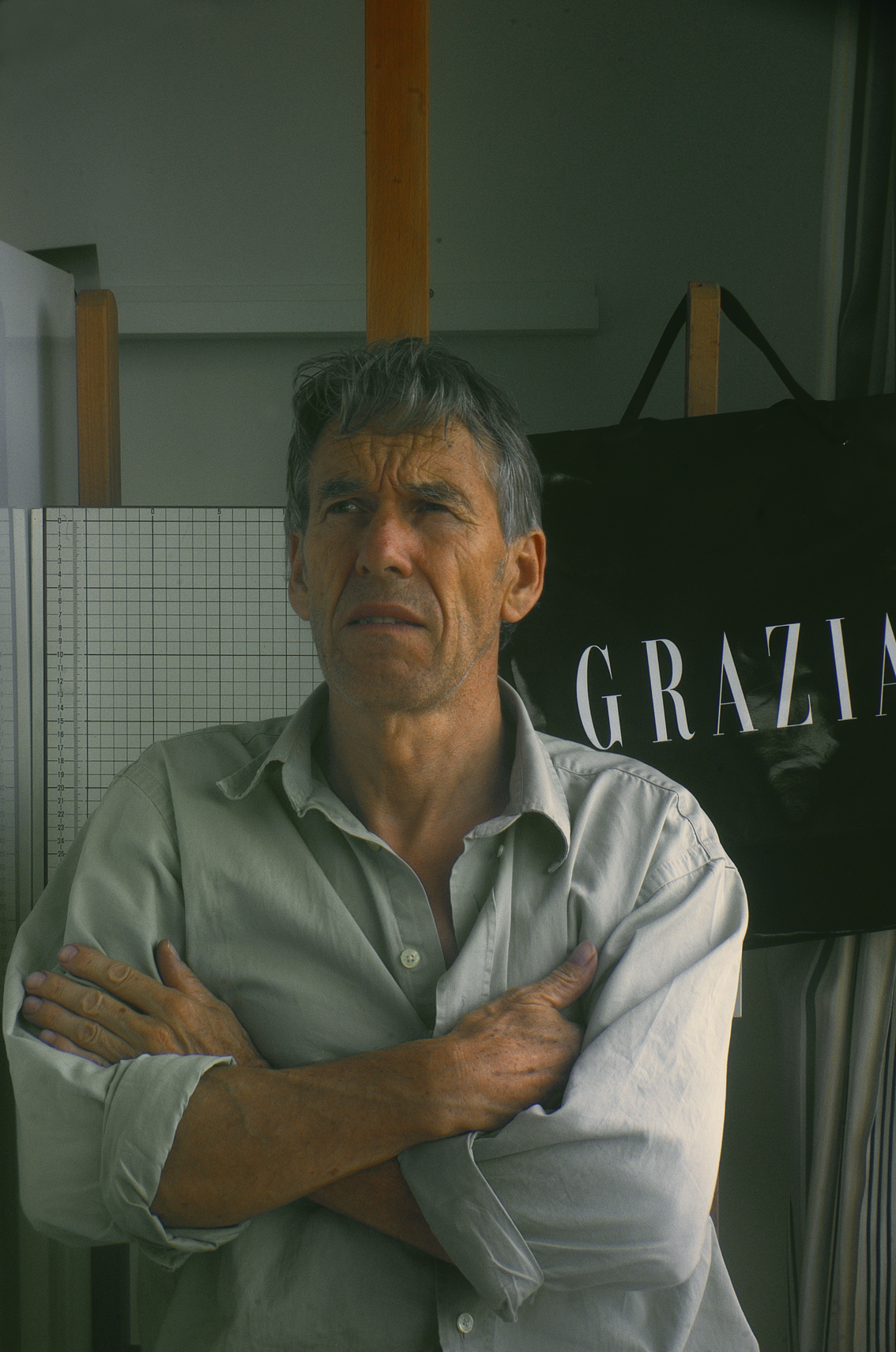
2014 part1

DISACTR 16 x24 inch 480 ppi, distance 3 m.
This backend of this one is a weird mix of different glass: an old Zeiss Distarlinse, an Isco front element of a movieprojcctionlens, a backend of a new Schneider Componon, plus a meniscus and a negative lens probably made in Japan. With trial and error and a small aperture I could tame the spherical (chromatical) aberration. It is not yet perfect, but it is sharp and distortionless and it has a very nice color.
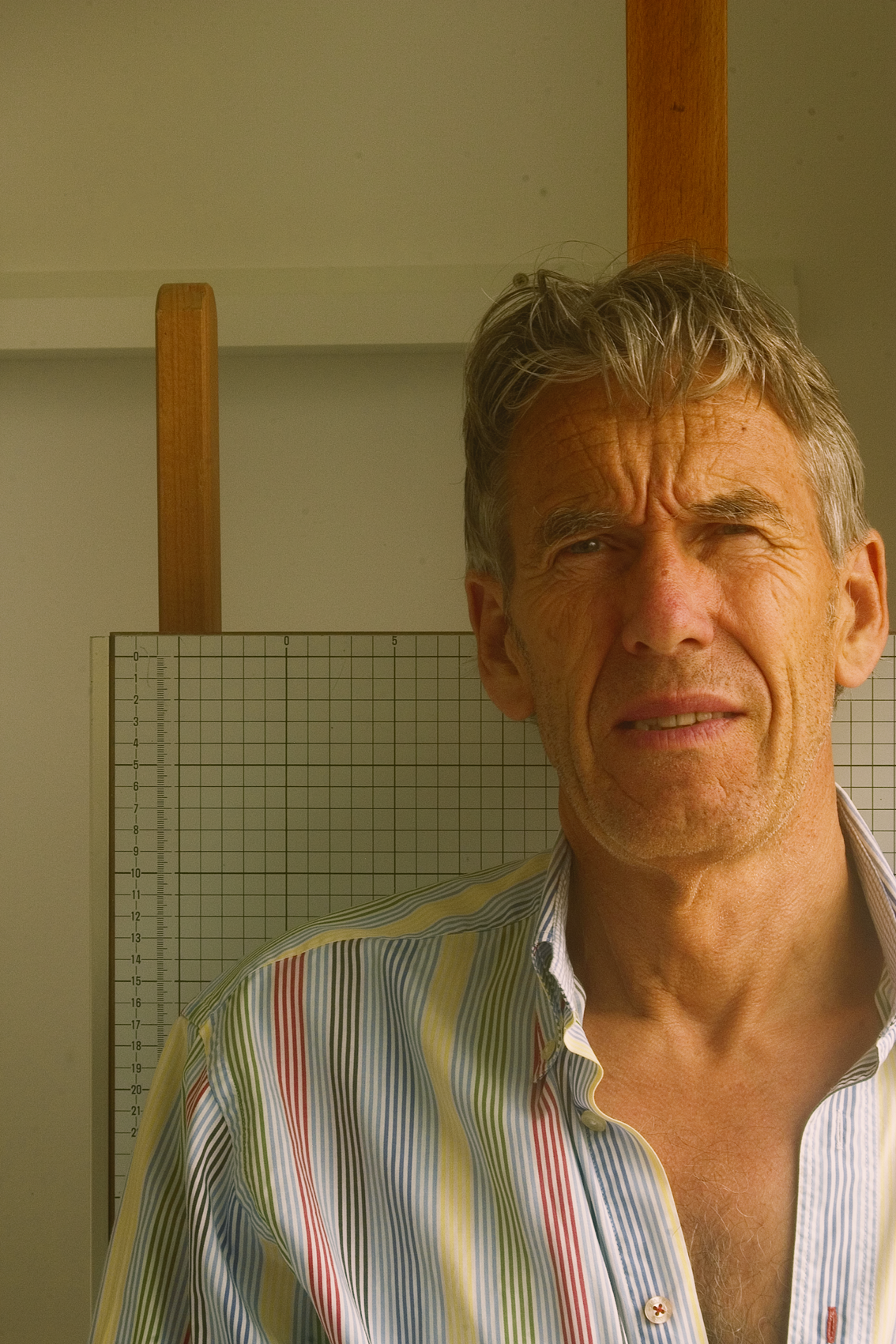
State-of-Art .....................................................................................................................................Sybrand 2014
R5TR 16 x 24 inch 480 ppi Distance 3 m. Daylight.
This is very helpful: when you correct the RGB in the State-of-Art-shirt, the rest follows...
(BTW, I don't sell the shirts...)
This lens is reprographically a superperformer..
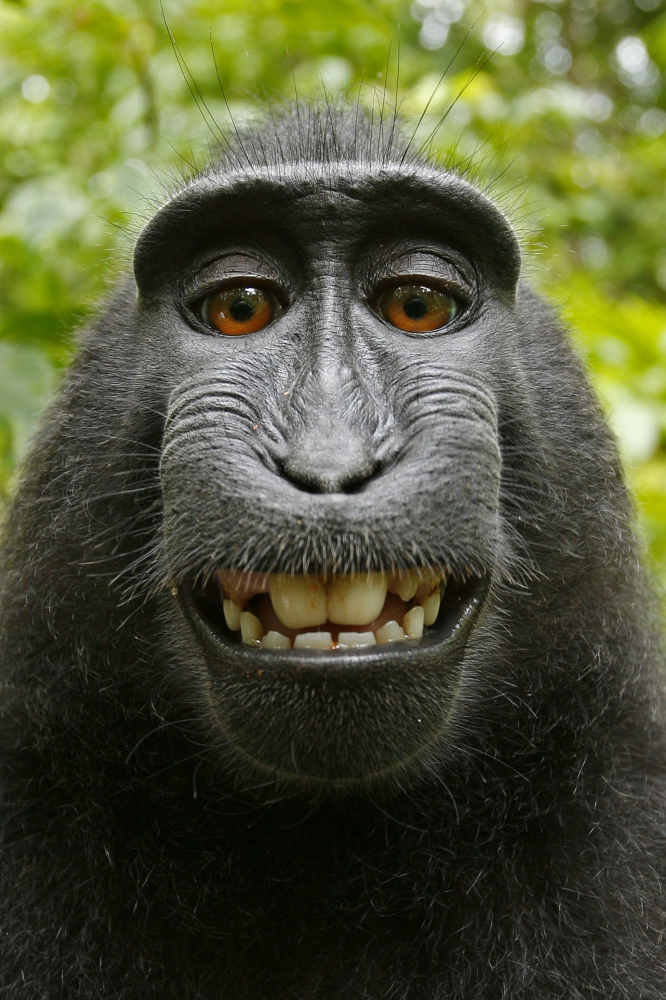
Selfie made by the macaca nigra with the camera of David Slater. David thinks he's got the copyright on this picture. Oh no, says Wikipedia, you're not the artist...
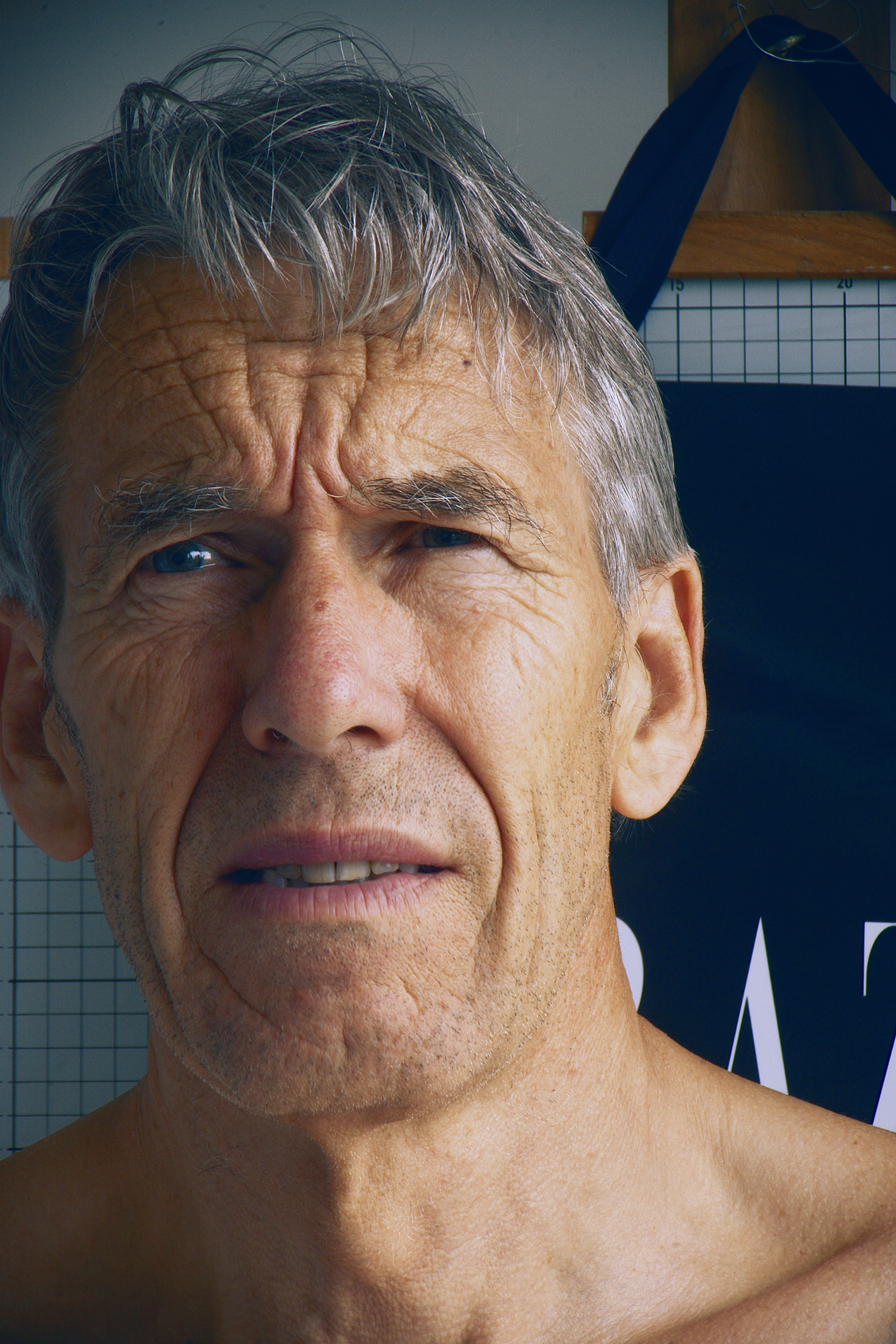
RCTR-testshot 16 x 24 inch 480 ppi. Daylight. Distance 1.80 m. 253 MB.
Testing the new RCTR on fringing, distortion, sharpness, color.
OMG, this is the best portraitlens I've ever seen. All (coated) German glass from 3 different optical industries. Sharp S3/C3/X2.
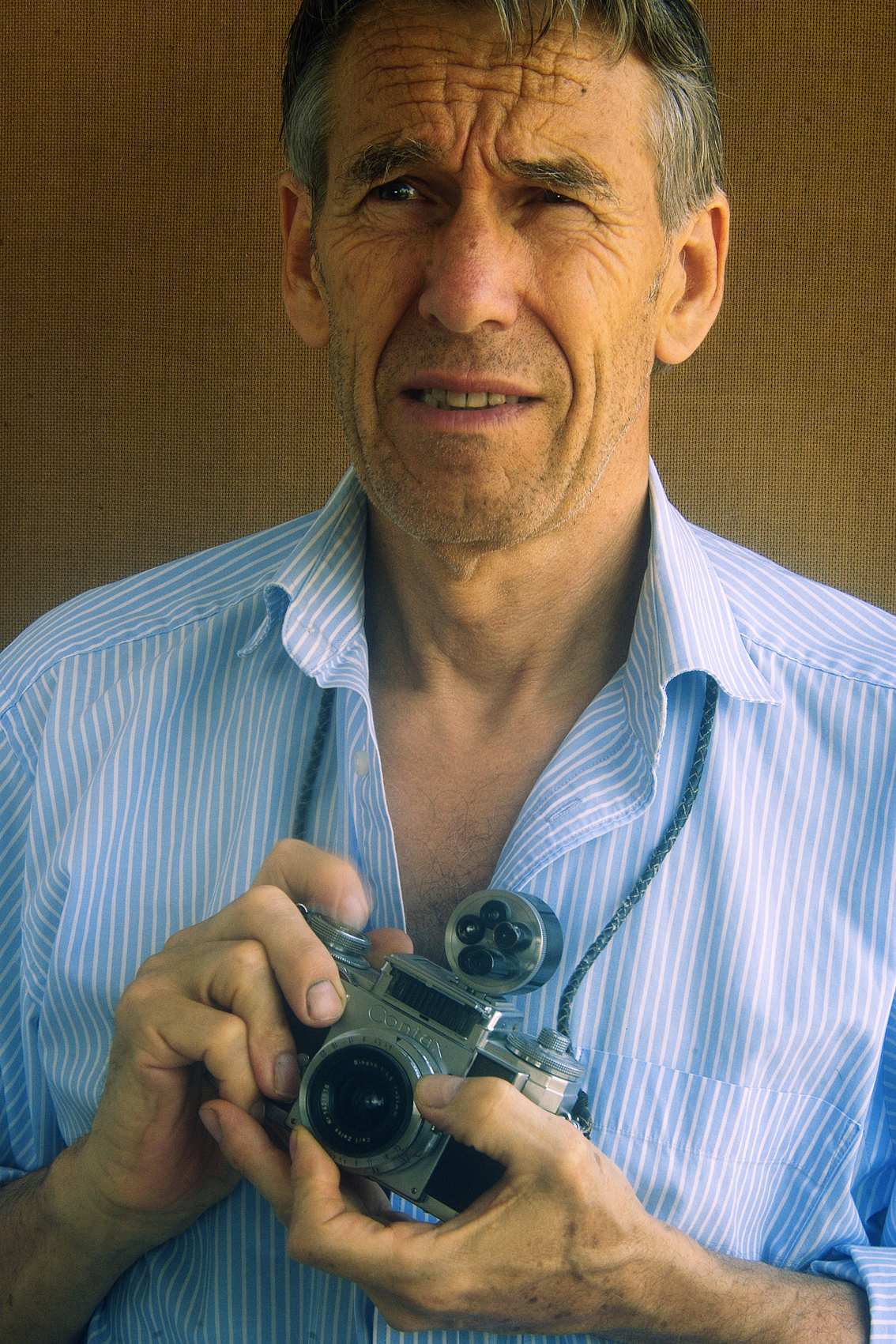
We press the button ... and do the rest...................................................................................Sybrand 2014
...
ISTR, 16 x 24 inch 480 ppi. Distance 3 m. Daylight. Sharp S3/C3. ColorKraft 3.0. PixelGrow.
The final proof: the factories may give you more pixels, but at the same time inferior (sometimes plastic) lenses and a lot of camera-software to repair things. We work the other way around: we did use here a six-megapix 75 dollar Pentax and did put a superior lens on it. Then you will get this unbelievable quality. No fringing, no distortion, no vignetting, VHiRes, a lot of depth of field.
OK, you won't find these lens on the shelf, it's a NLT-Lab-installation, with glass from different German locations, but still...it's possible to push the quality of a picture to enormous heigths, alone with the lens.
(BTW, this is about lifesize @ 125% ...)
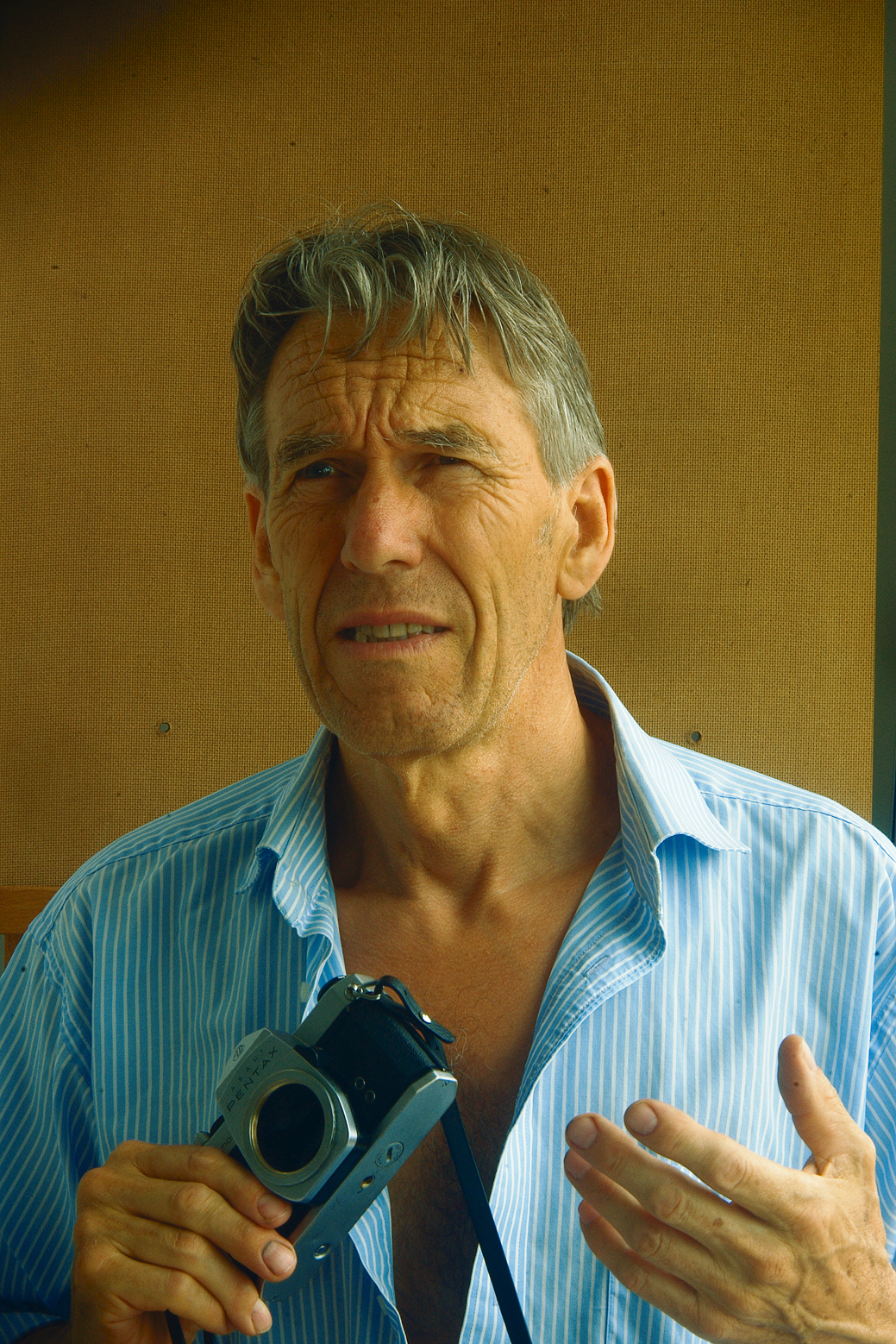
LGR 16 x 24 inch 480 ppi. Daylight right, left reflection, front).
Distance 3 m.
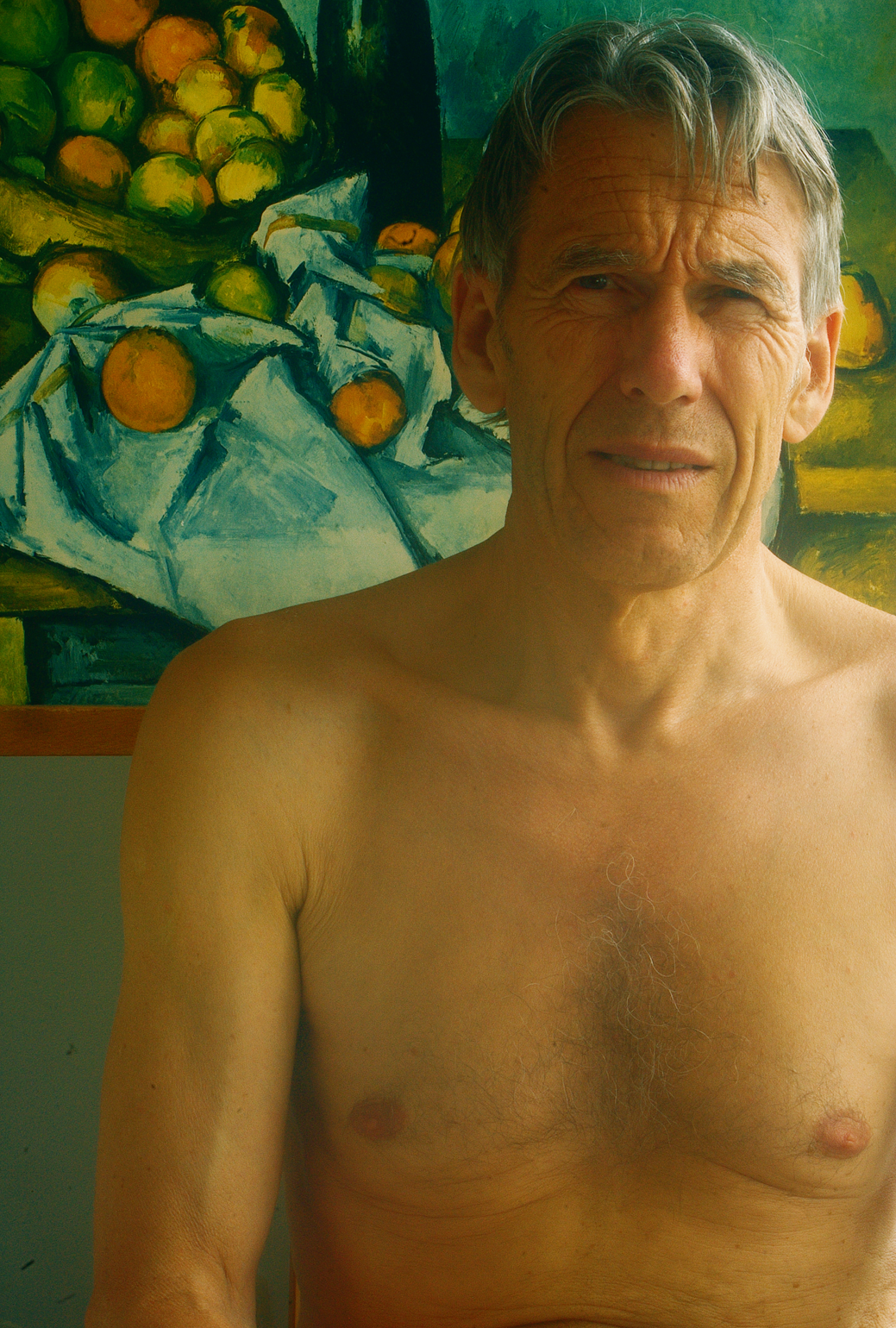
Apo BCPR 13 x 20 inch 480 ppi. Daylight. Distance 2.5 m. Prewar English/new German glass.
NewSkin/WideSpace. Sharp S3/X2.
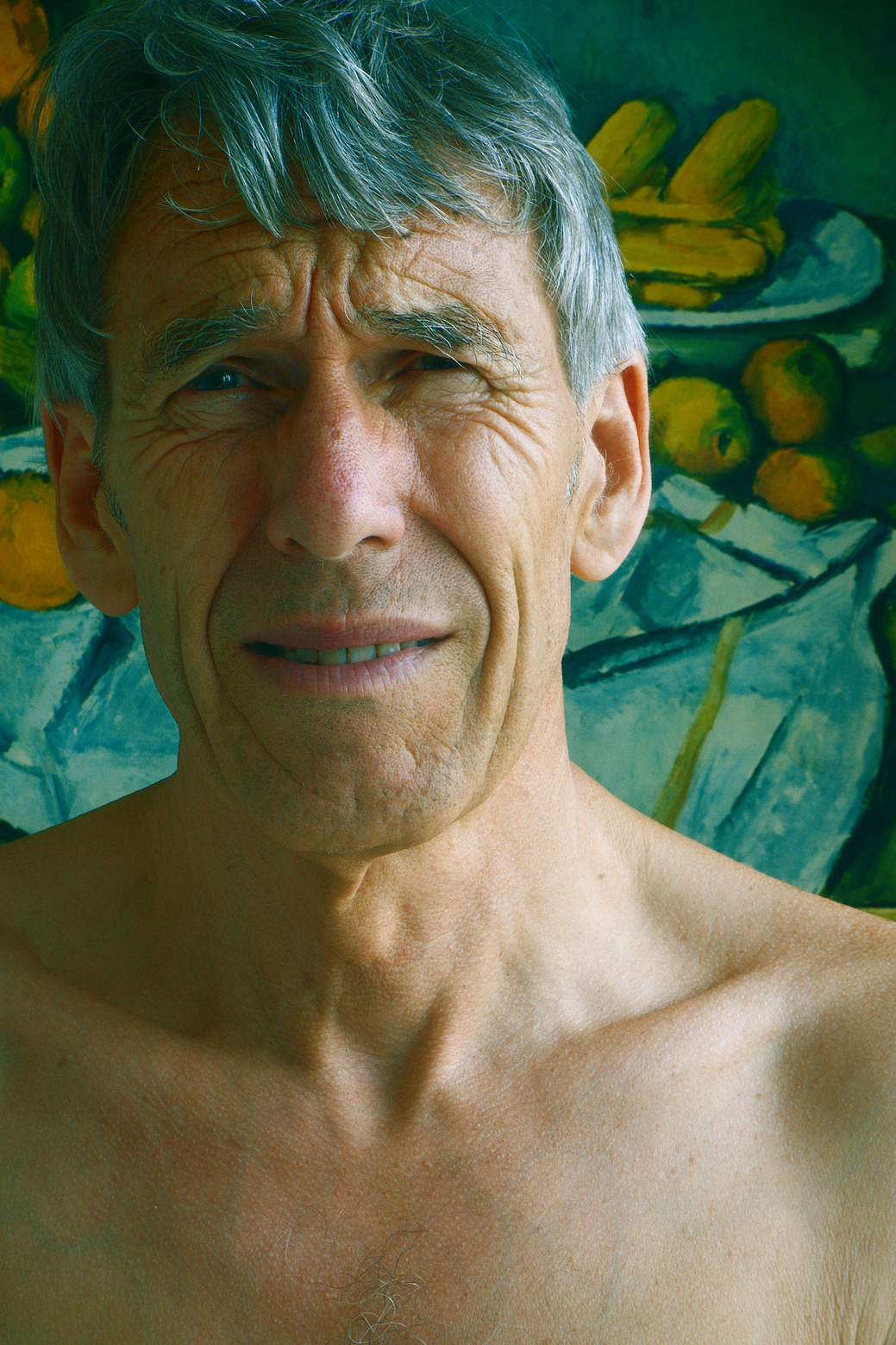
RCR 16 x 24 inch 480 ppi. Daylight . Distance eye/frontlens is 112 cm. Not cropped. Prewar and modern German glass. Apo-quality. A perfect portrait-lens. Must be, because the maximum distance to an object is about 125 cm. Sharp S3/X2.
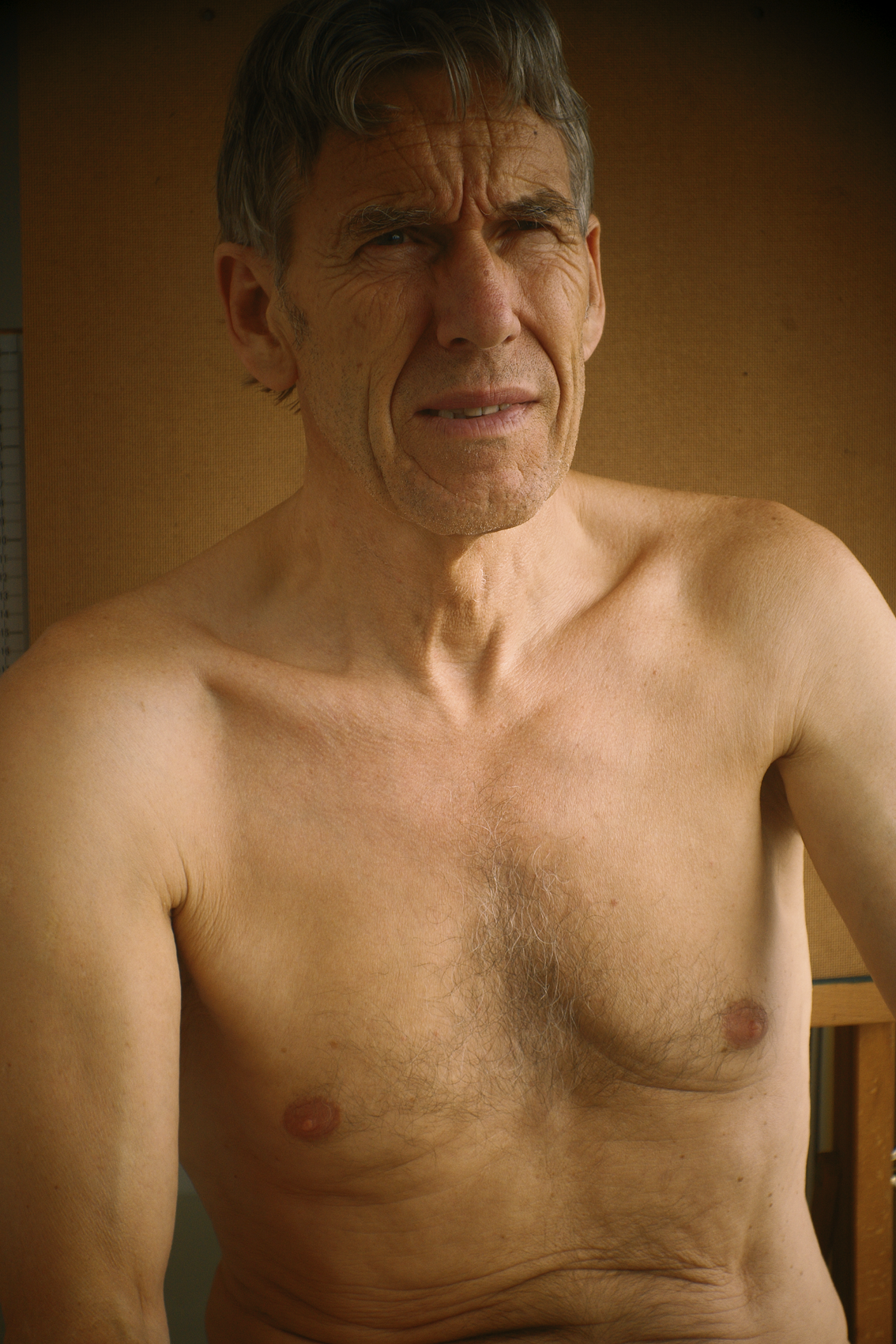
Basic-Fit........................................................................................................................................Sybrand 2014
Apo-RTCPR SuperHiRes. A real discovery, there are are a total of 12 lenses in it, and sorry for you guys, but no one will ever copy this one.
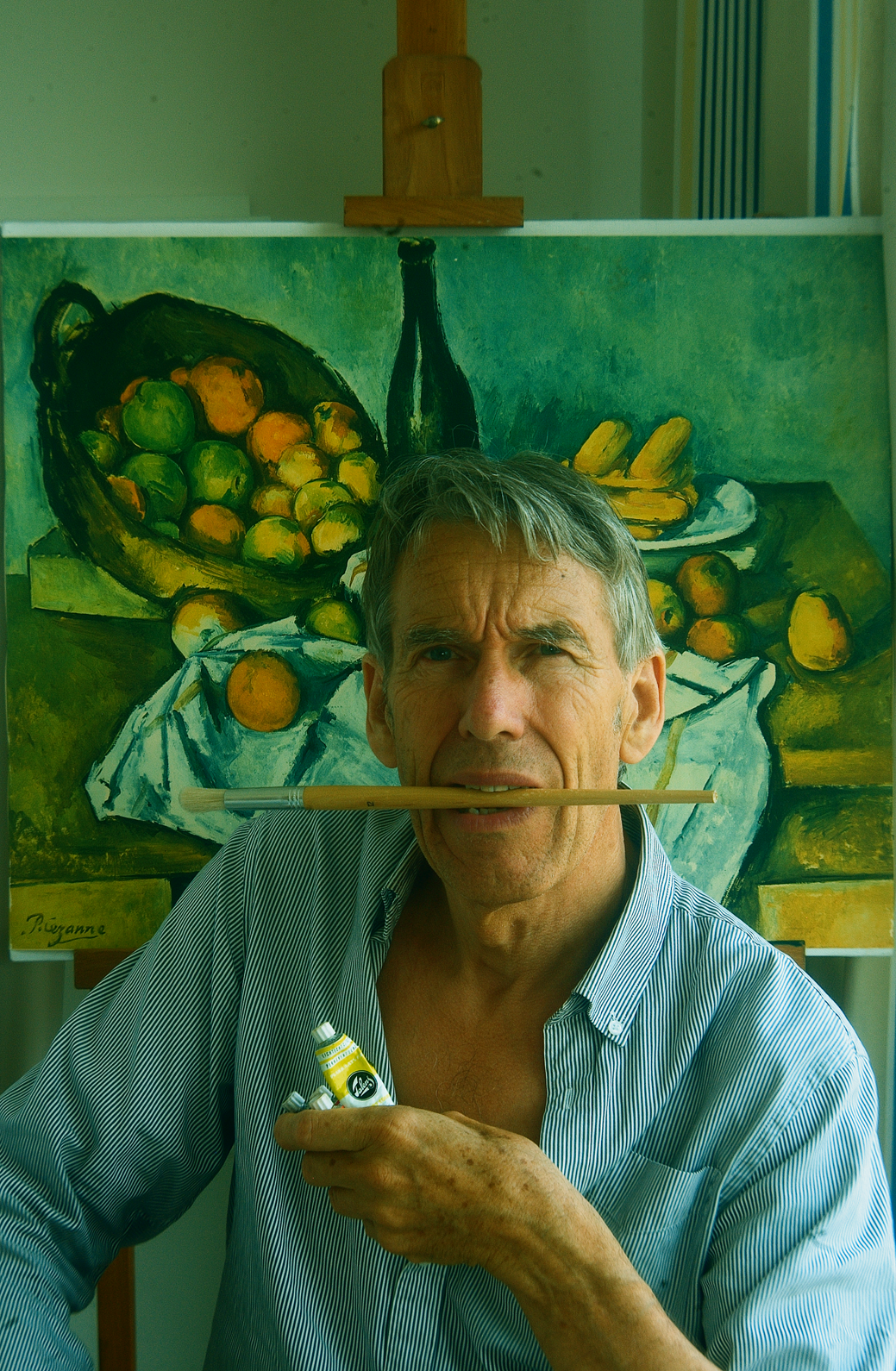
After Cezanne (121 years later)...........................................................................................Sybrand 2014
..
ISCPR. Distance 4 m. Daylight. 15 x 23 inch 560 ppi.
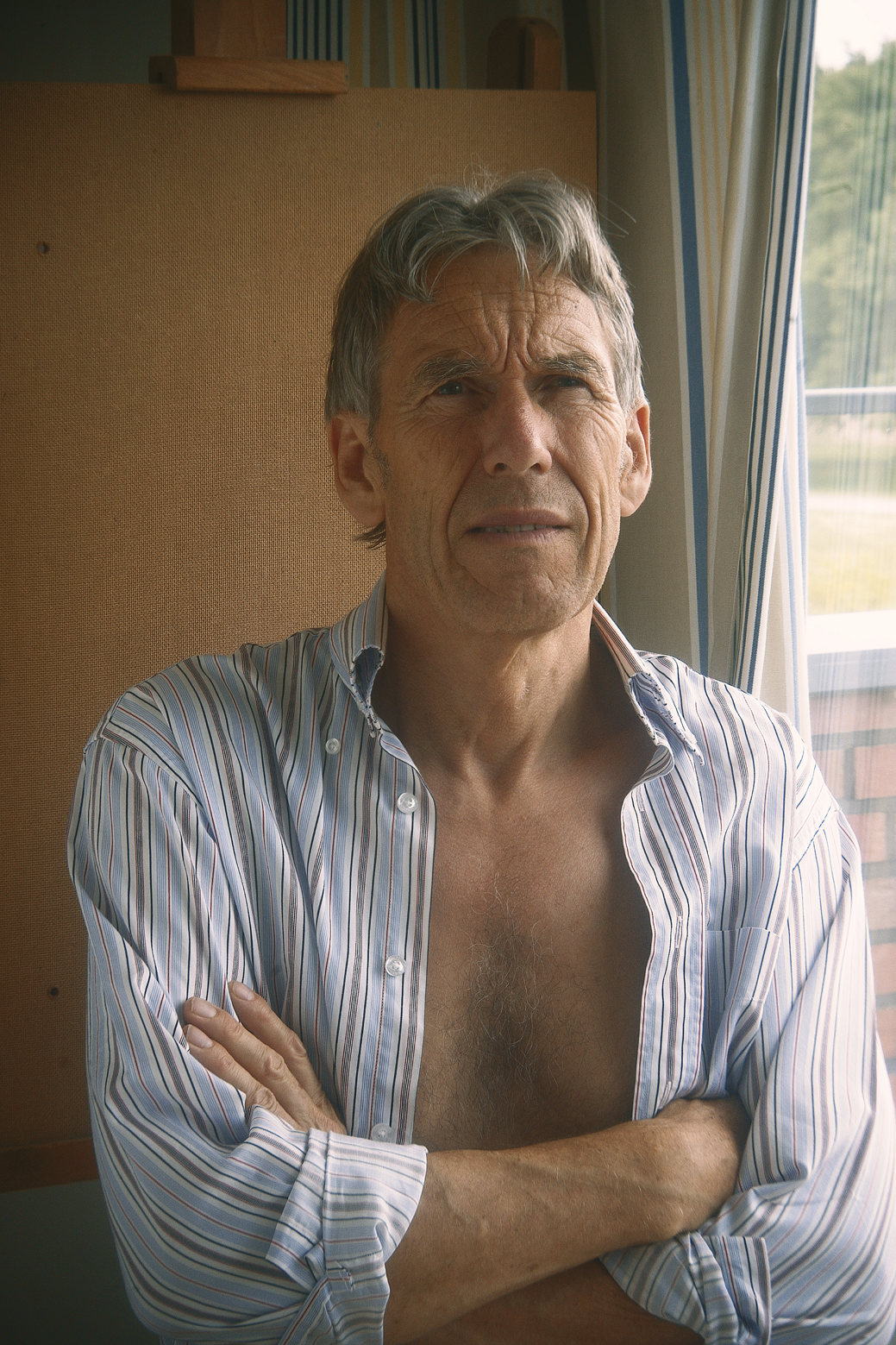
The artist in his studio .......................................................................................................Sybrand 2014
Apo-ISCPR 16 x 24 inch 480 ppi. Distance 3.6 m. Daylight. Sharp S3/C3. ColorKraft 3.0, PixelGrowShop 2.0. NewSkin. HiRes (on the tiny buttons we can read McGregor...)
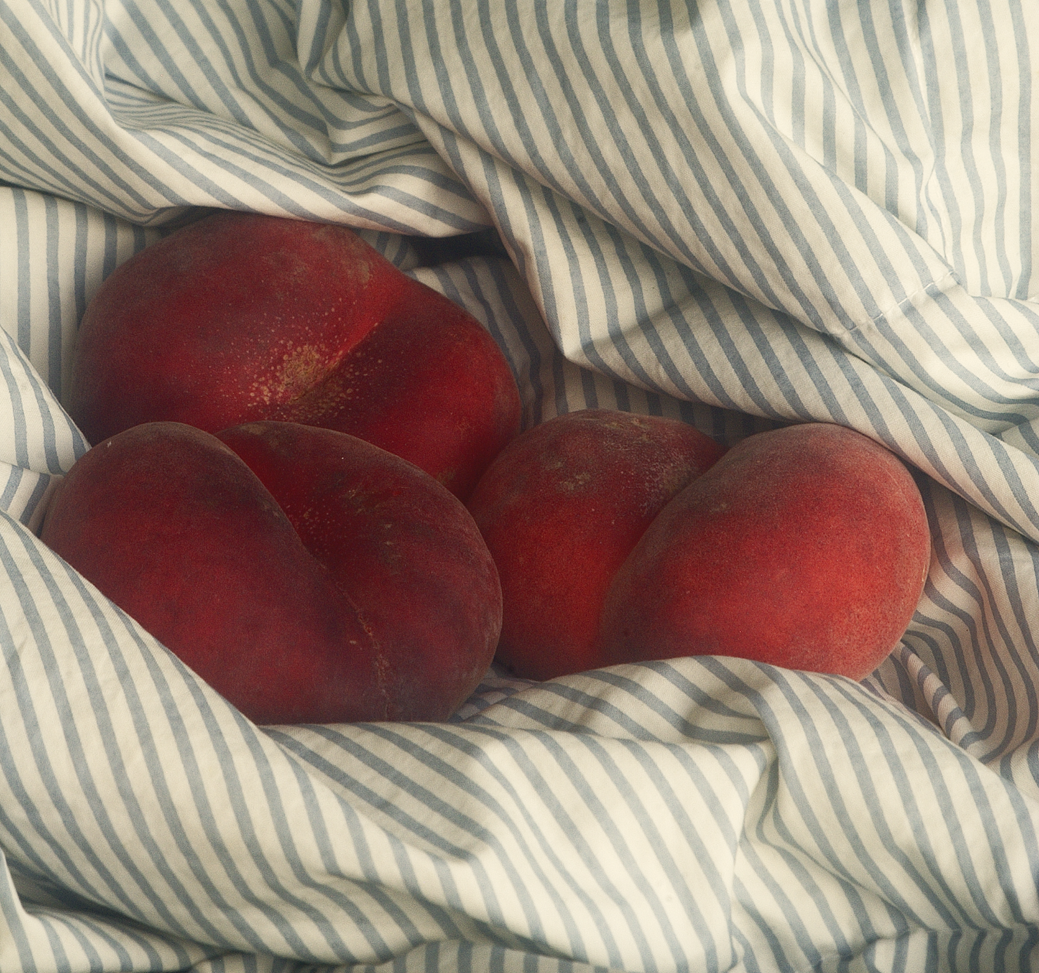
Moving
to the country, gonna eat a lot of peaches .....................................................Sybrand
2014
ACLR 16 x 15 inch 480 ppi, daylight, distance 0.8 m, cropped. Sharpening S3.
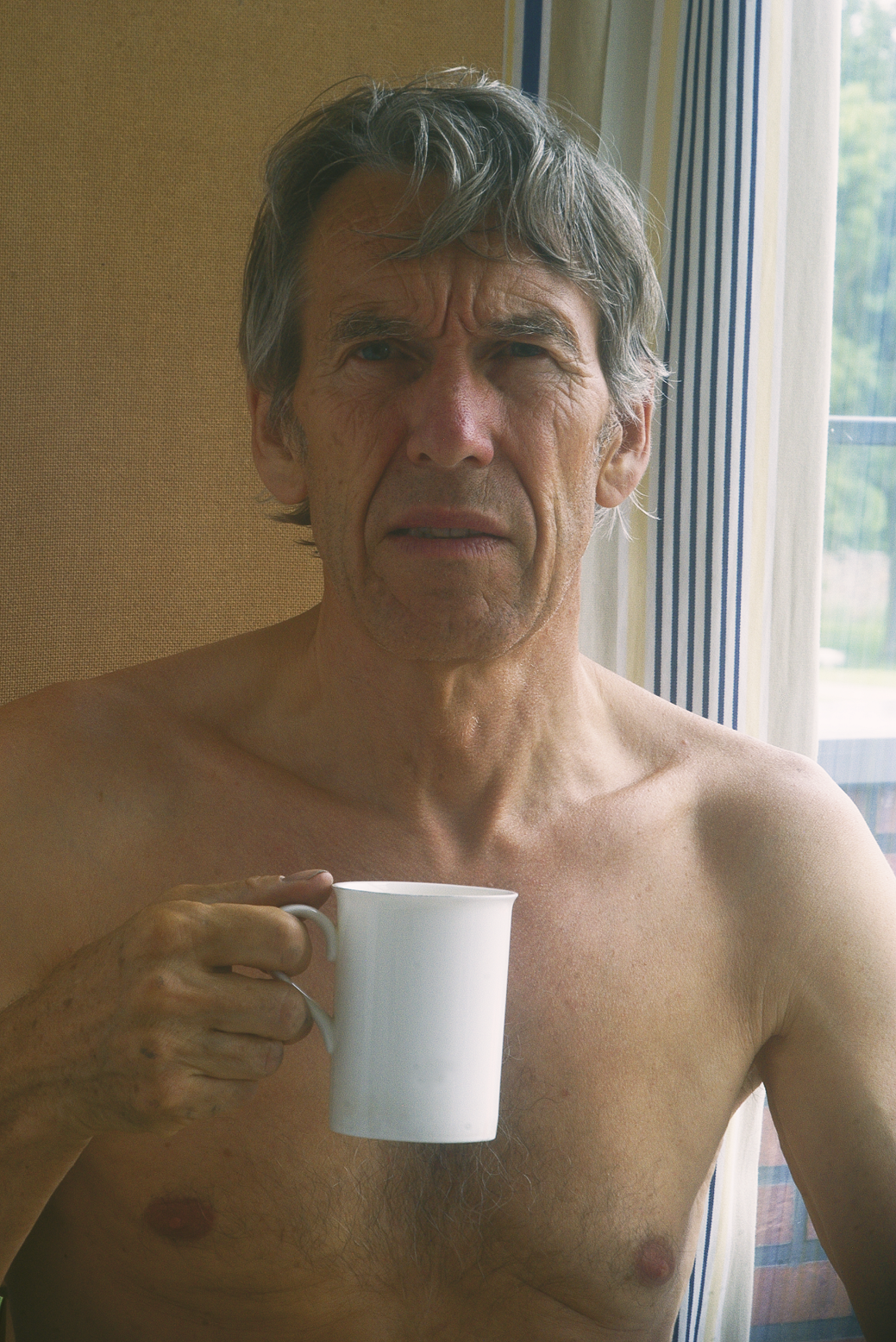
Coffee.......................................................................................................................Sybrand 2014
ACLR 16 x 24 inch 480 ppi. Daylight. Distance 3.6 m. Old and new German glass. Uncoated, coated. Perfect color. Razorsharp. It's good to have a reference color, like the color of the board in the background and a pure white area. Sharpening S3/C3/S4. (125%= lifesize...)
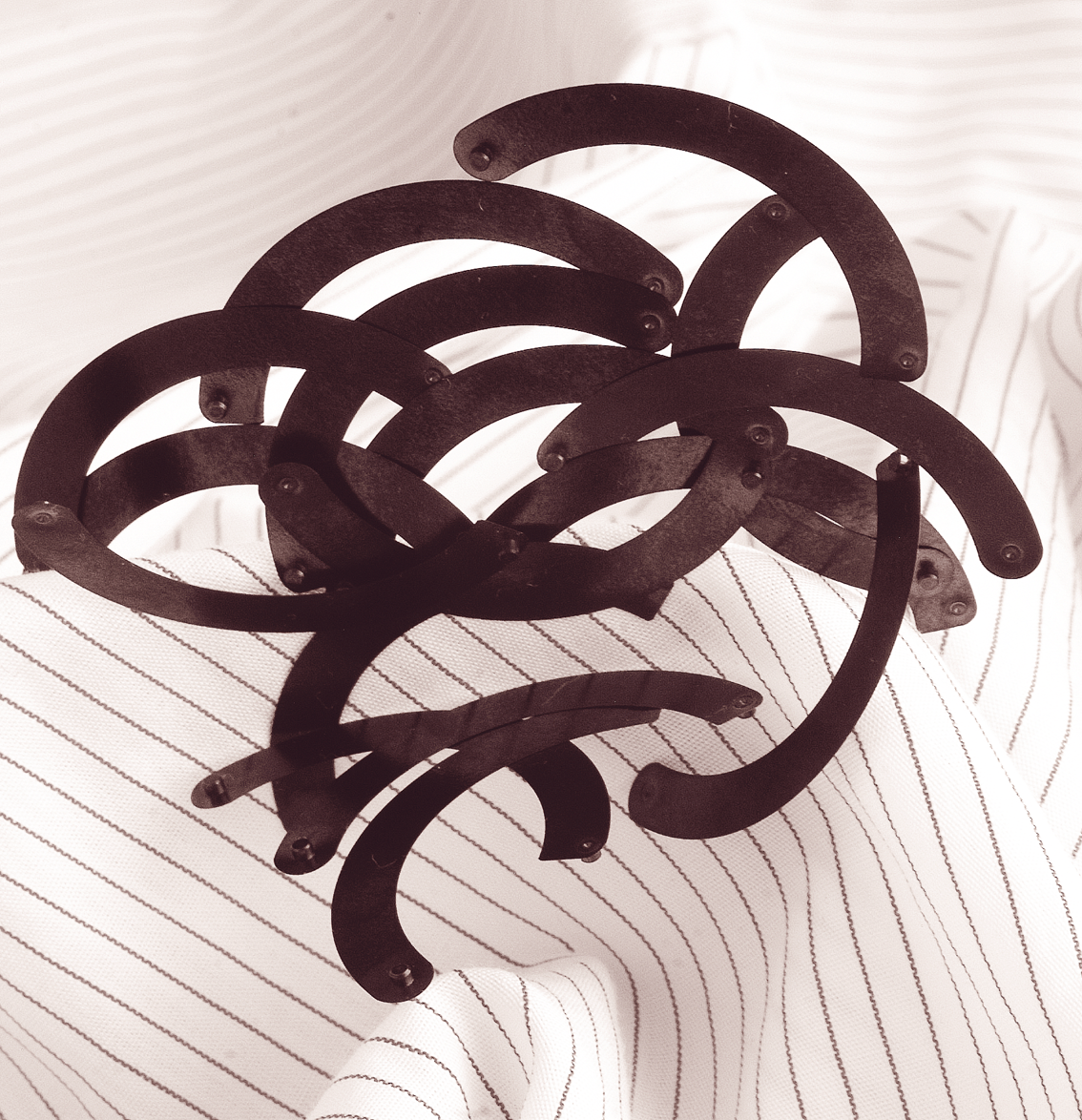
Wrong aperture...........................................................................................................................Sybrand 2014
ICR 16 x 17 inch, 480 ppi. RGB/Gray/Quadtone/RGB/ sharpening S4/X2/C2. Distance 30 cm. Daylight.
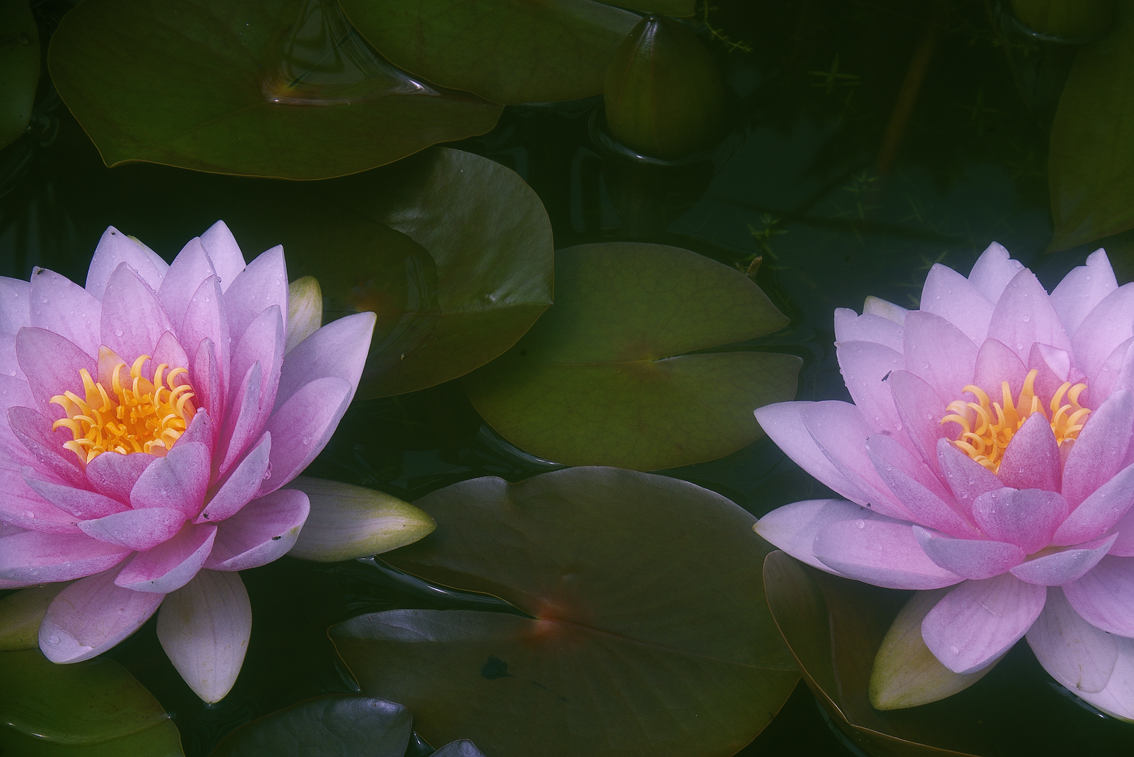
My pond.........................................................................................................................................Sybrand 2014
BRNR 13 x 19 inch 480 ppi. Distance about 60 cm.
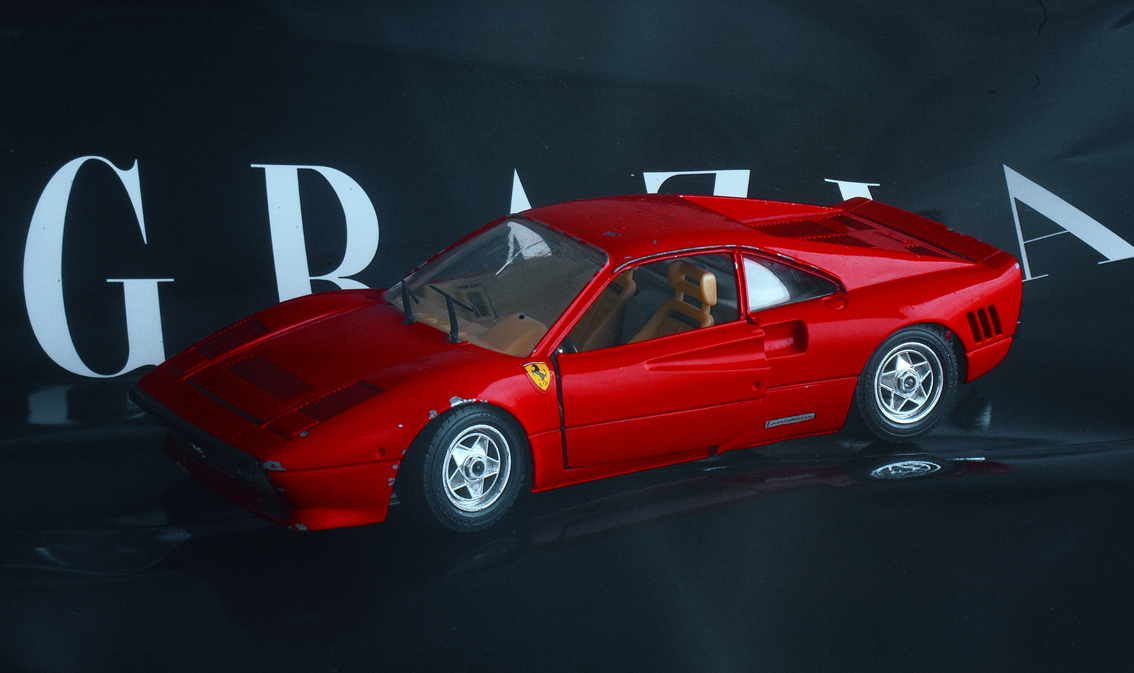
My first (and last) Ferrari..........................................................................................................Sybrand 2014
STCR distance 40 cm.
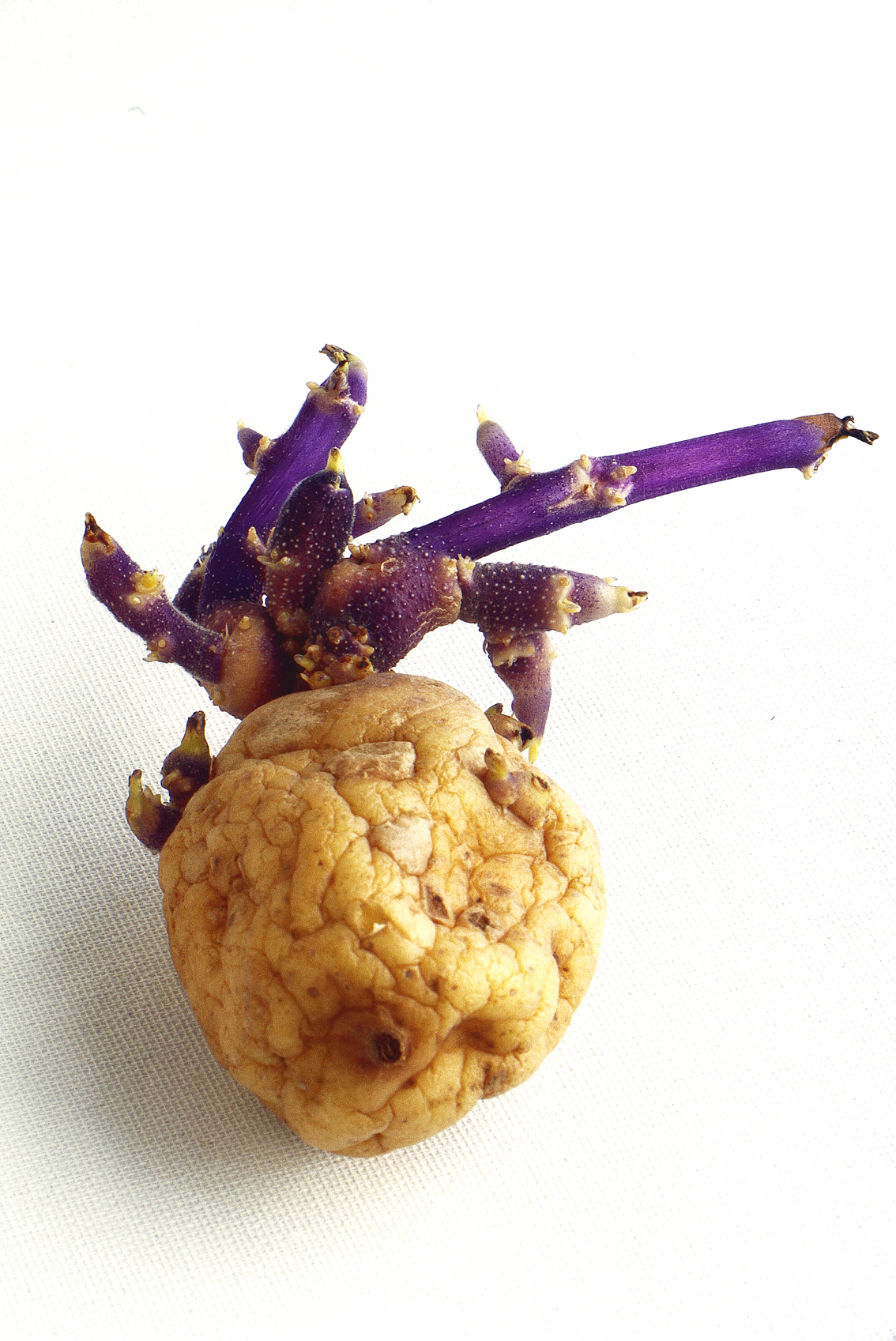
Transformation II ......................................................................................................................................................................Sybrand 2014
Apo-TCPR 16 x 24 inch 480 ppi . Distance 0.40 m. Sharp: A1A2S3X2.
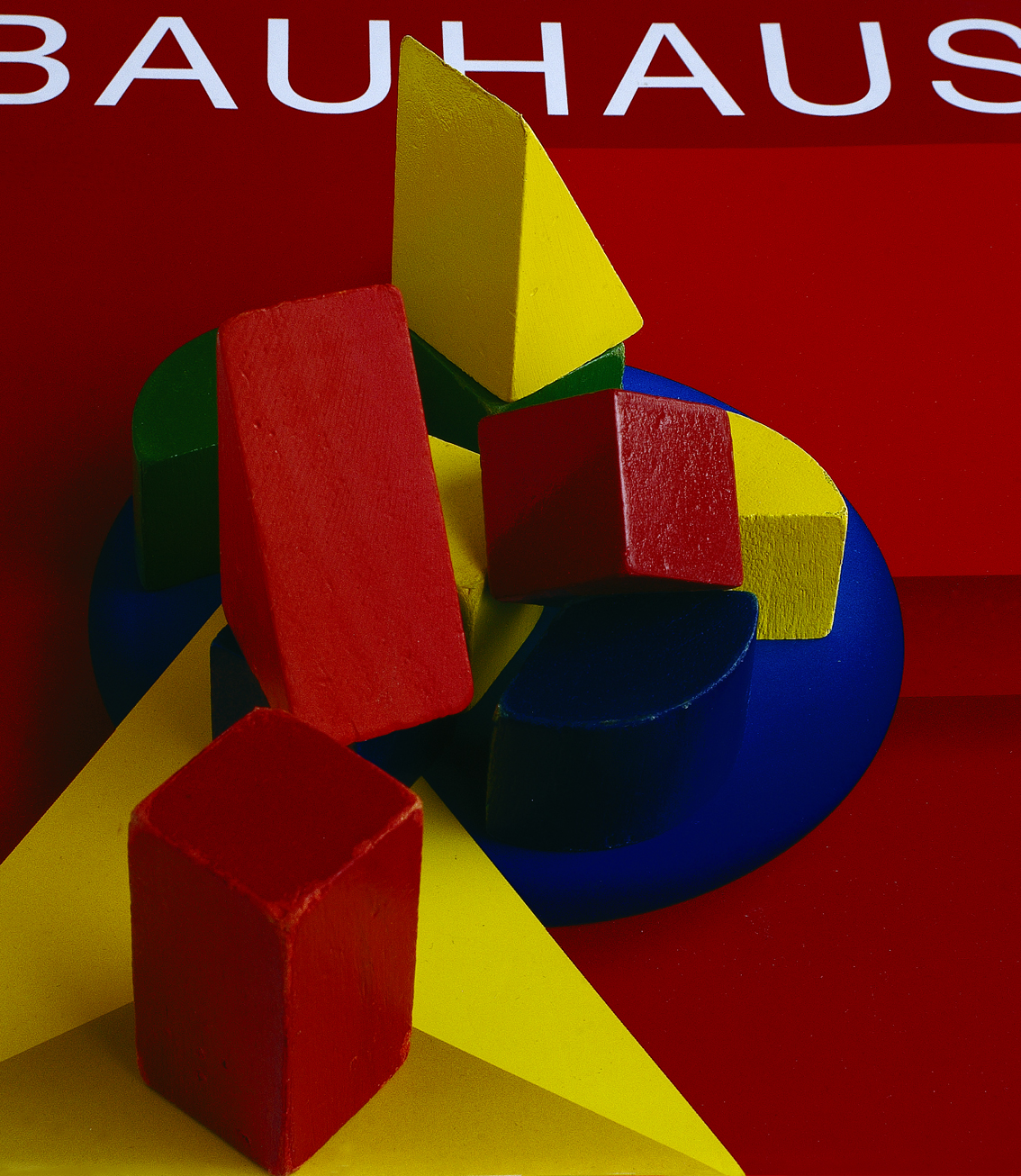
Bauhaus II.II.............................................................................................................................................................................Sybrand 2014
Apo-FCPR 16 x 19 inch 480 ppi. Novachrome. Cropped. Distance 0.85 m.
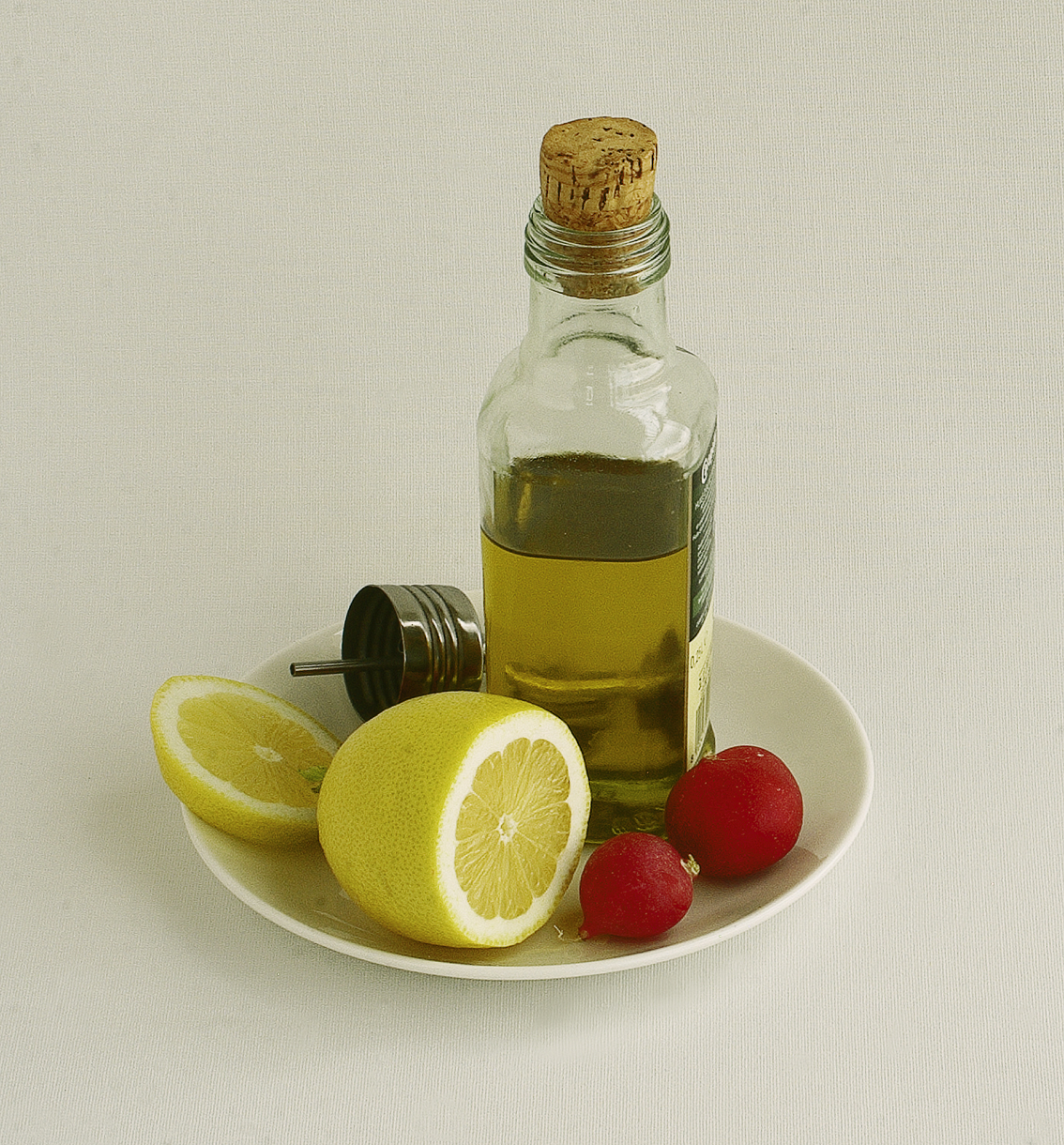
Oil on canvas .......................................................................................................................... .......Sybrand 2014
Apo-FTR 15 x 16 inch 480 ppi. Distance 1.10 m.Cropped. This is an organic lemon, so not waxed with anti-fungal stuff/ and/or colored. What we see is the real color of a lemon. Bonus: you can eat the skin if you like.
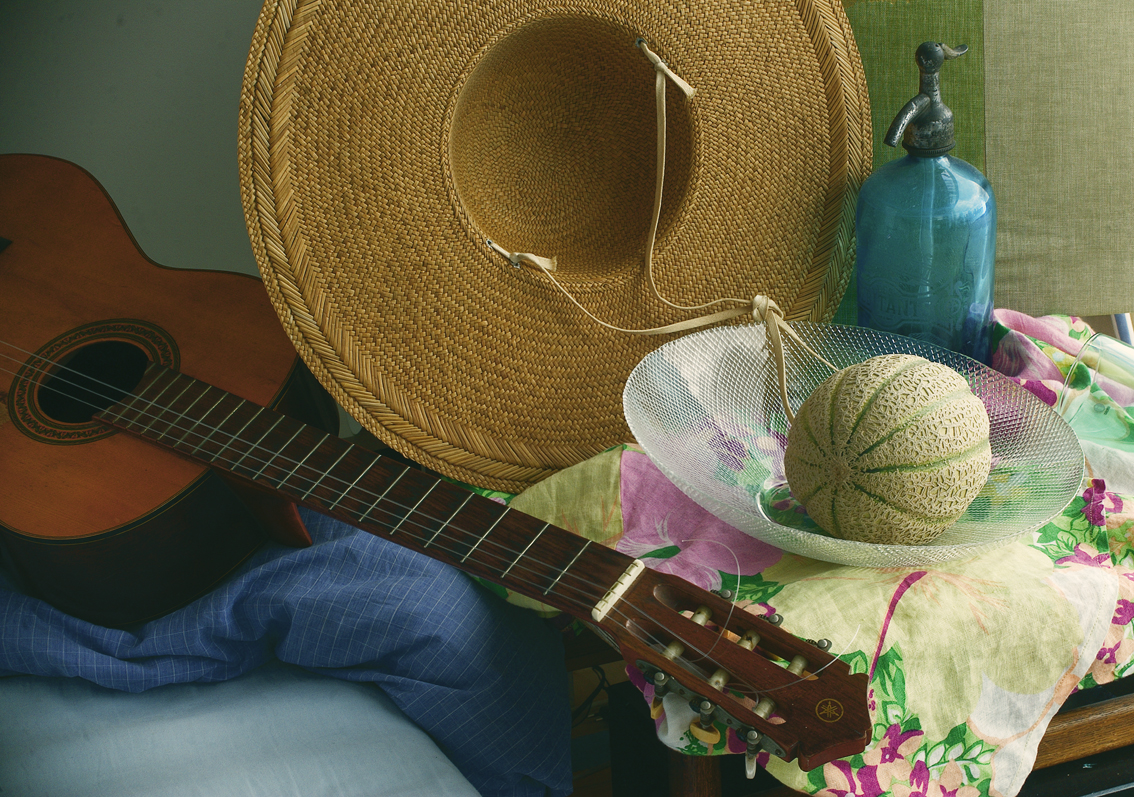
Homage to Matisse ..................................................................................................................Sybrand 2014
APO-FTR 16 x 24 inch 480 ppi distance 2.2 m.
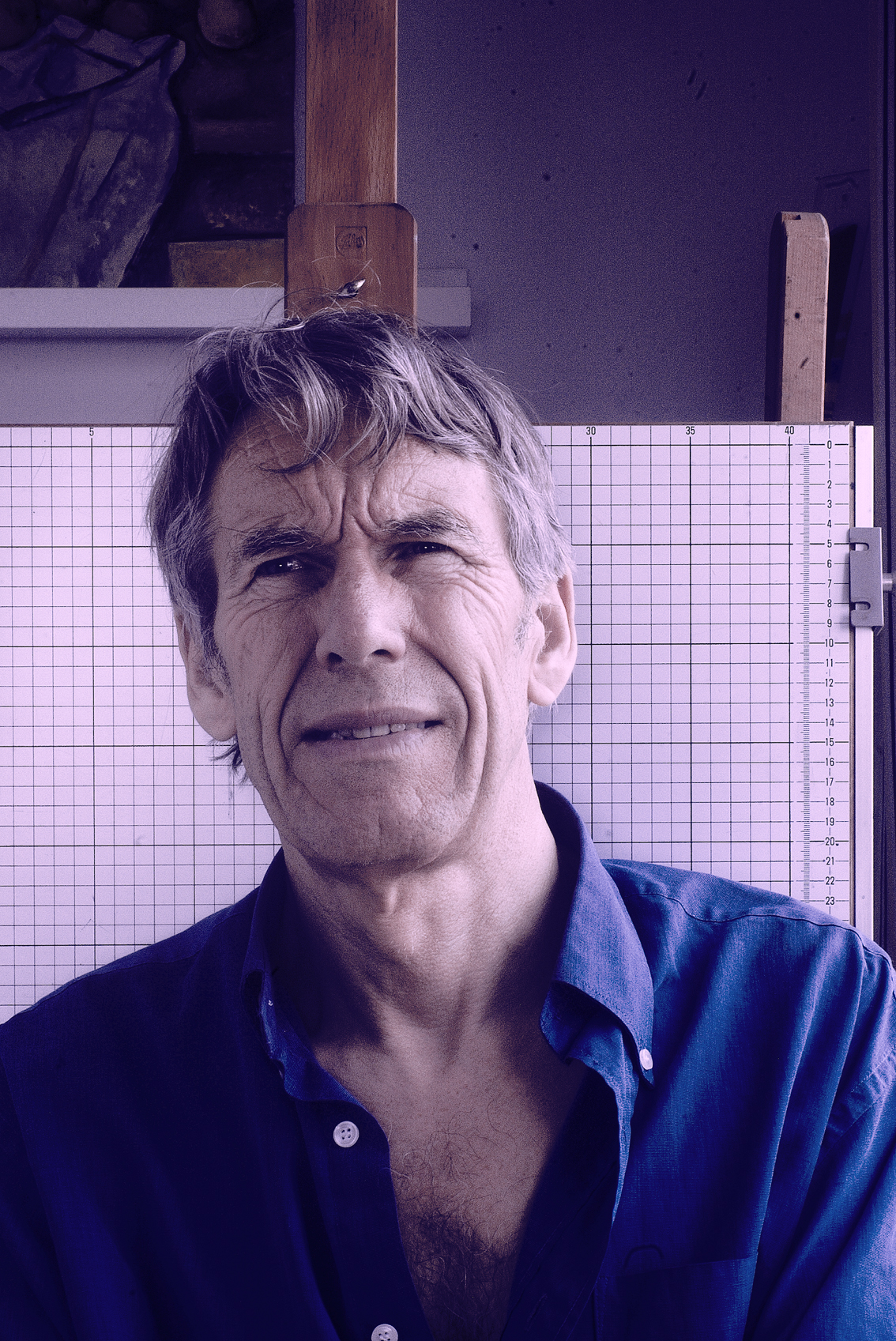
CCR2: Digital Handcoloring 16 x 24 inch 480 ppi distance 1.90 m
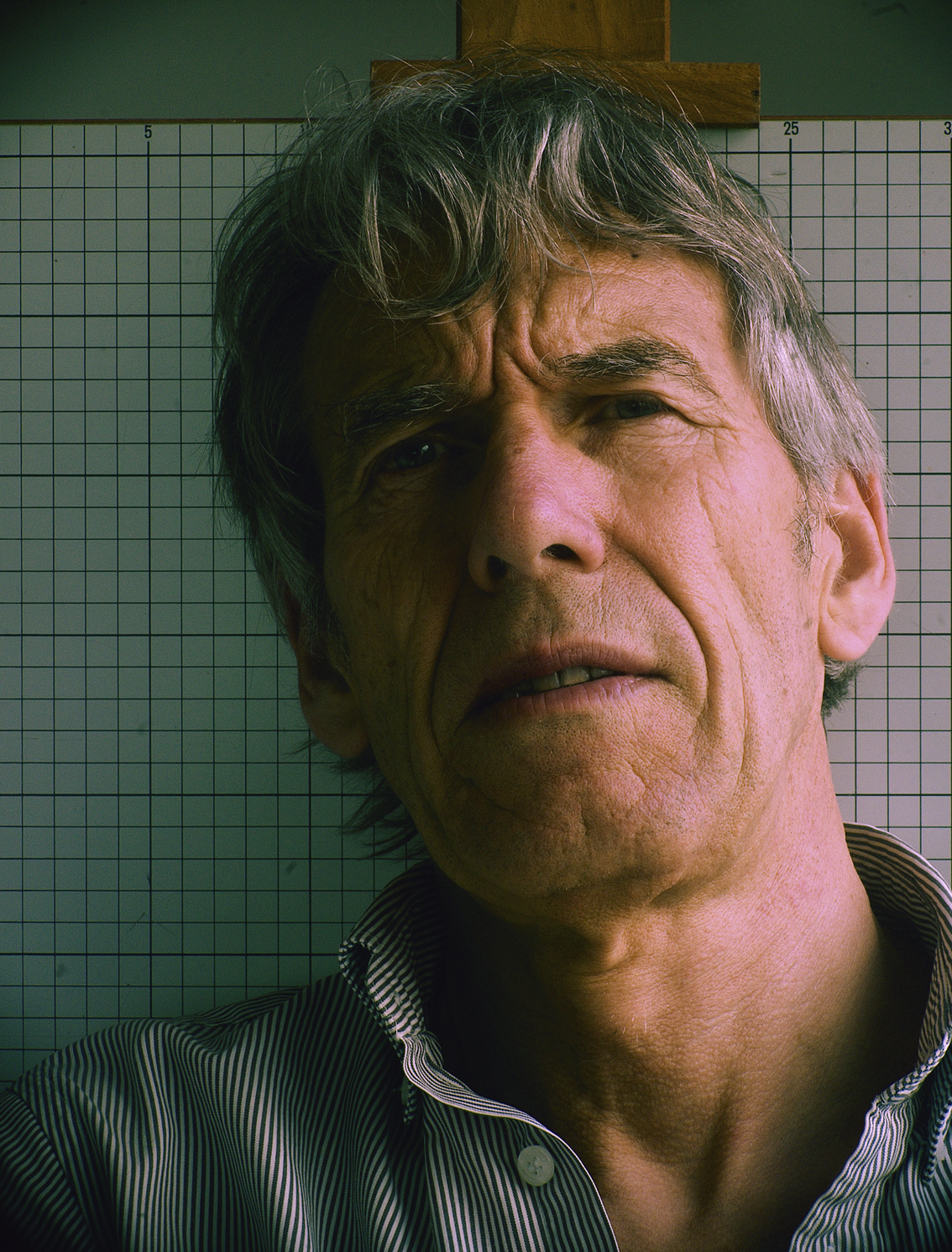
Selfportrait with easel.................................................................................................................Sybrand 2014
CCR1 late diffuse evening light. Distance 2.20m. Heavy postprocessing to get a more dramatic picture.
I had to made an installation for the reproduction of a painting I bought on an auction. I'ts not signed, so I have to find out where it comes from.
The little masterpiece (see below), oil on canvas, is probably 60/70 years old, and measures exact 13 3/6 x 18 inches (canvas). I think it's English (hills, trees, house, roof with slate). It could have been bought in the neighbourhood of Penzance/Dovercourt. Has anyone an idea? Please do send a mail to sybrand at documenta.nl. Thanks a lot!
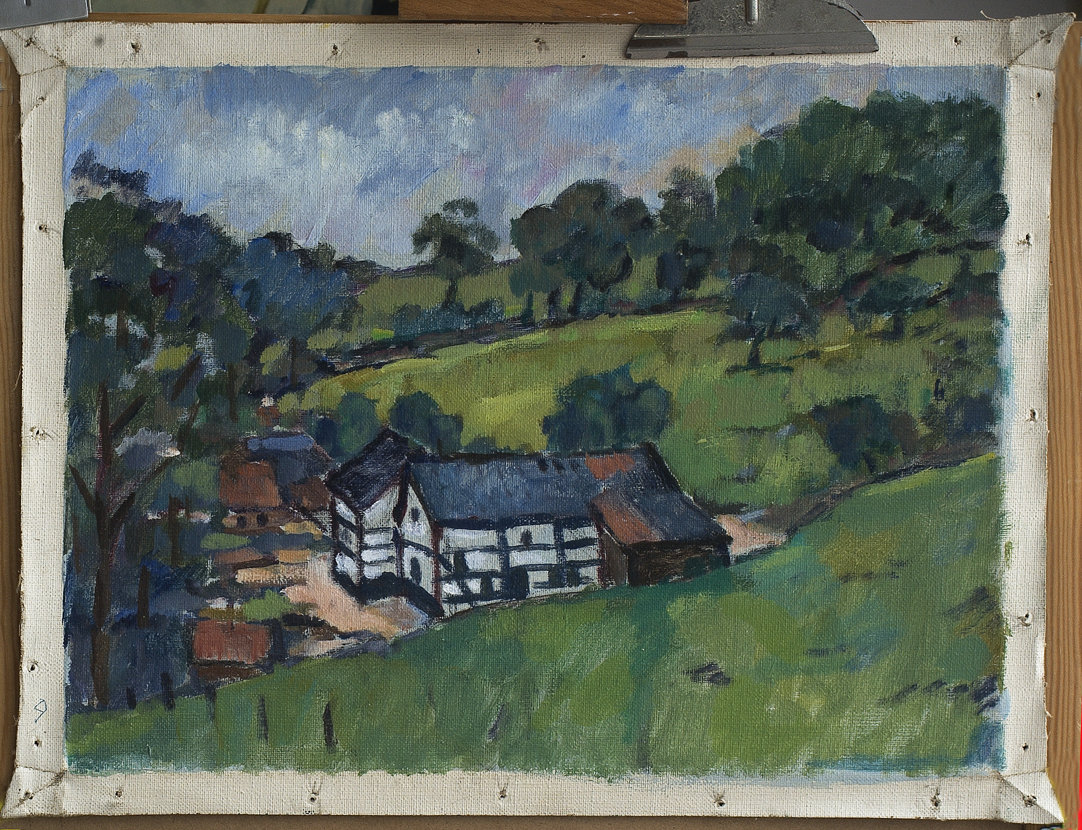
Repro: Diffuse northernlight
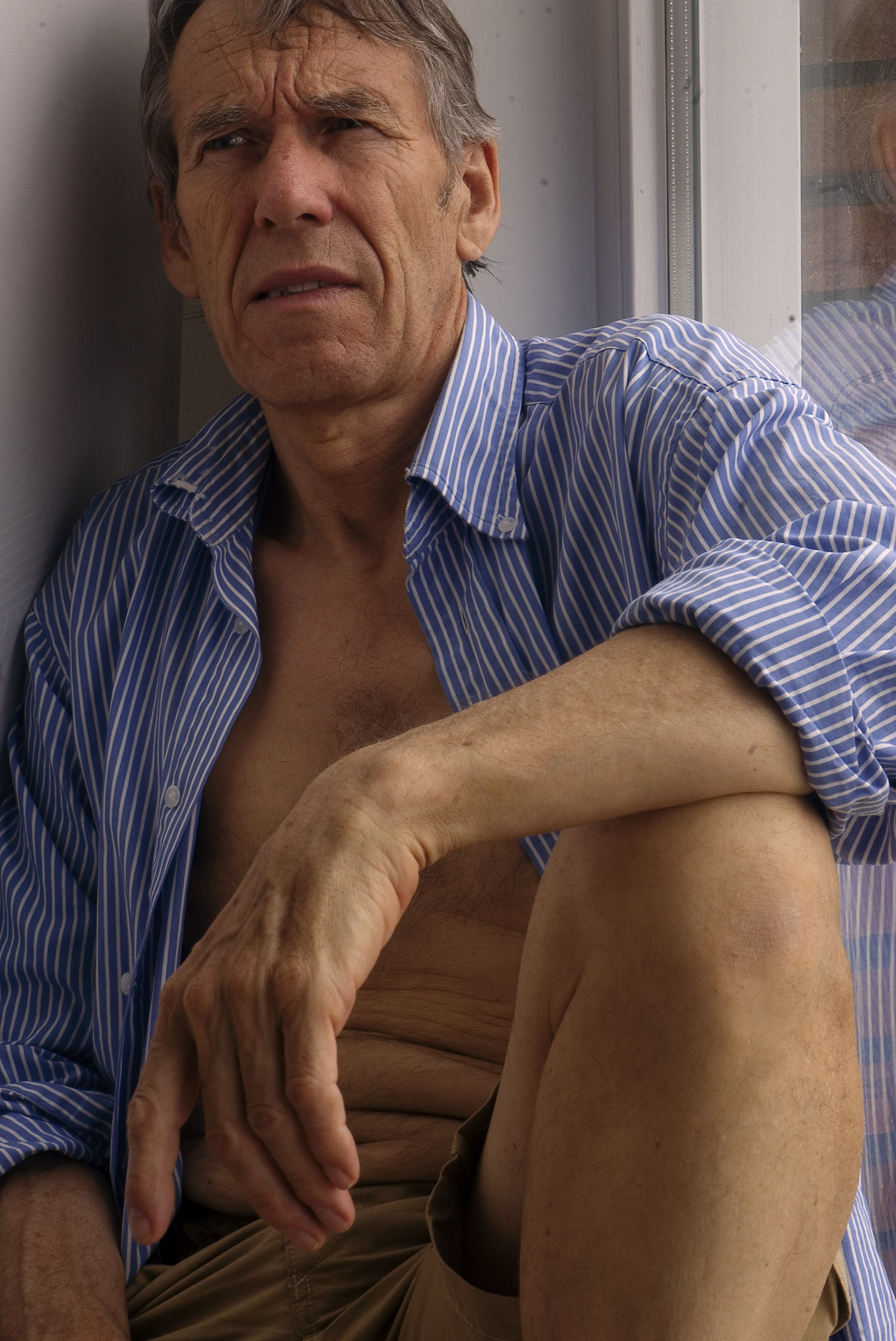
TTR1 16 x 24 inch 480 ppi. Distance 2.2 m. Sharp S3/X2. DTRL. f 22
The dustspecktheory isn't always working (see below). Maybe it's due to some components, but with this terrible good APO we do see sensorspecks.
One other reason could be the use of a very small aperture to get a lot of DoF. Then you create a very tiny diffraction, and the lens is performing slightly less good. But still spectacular good!
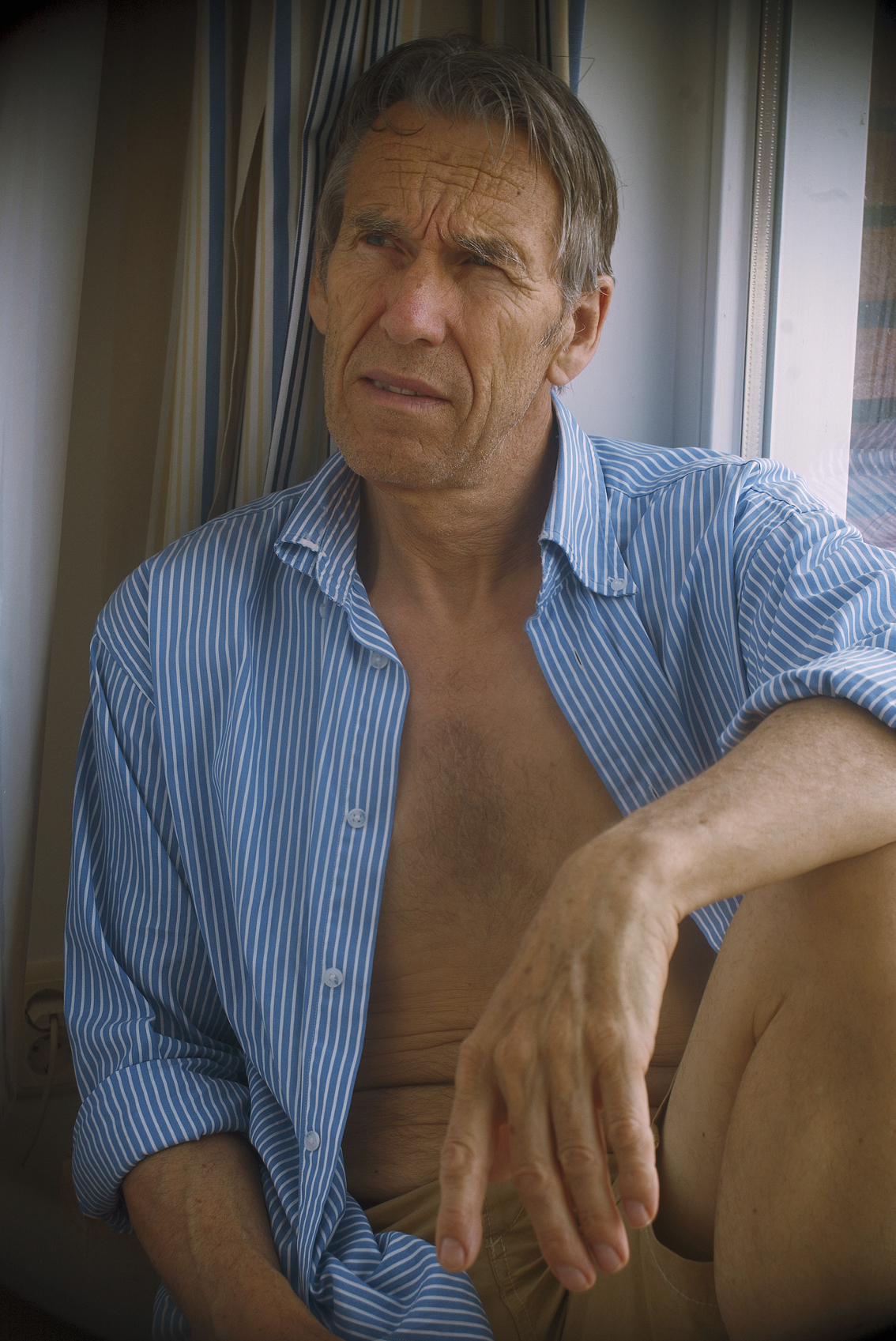
APO-FCPR 16 x 24 inch 480 ppi. Distance 1.8 m. Sharp S3/X2.
This one blows away mysteriously the dustspecks on my sensor...I have to figure out how that works, cause that's (an other) small revolution... I think it has something to do with the exactness of the projected image; it is so thin (RGB -colors cover each other exactly) that the rays build a complete image just behind the sensorprotectionglass. Further, the rays must be quite parallel so there can't be a shadow.
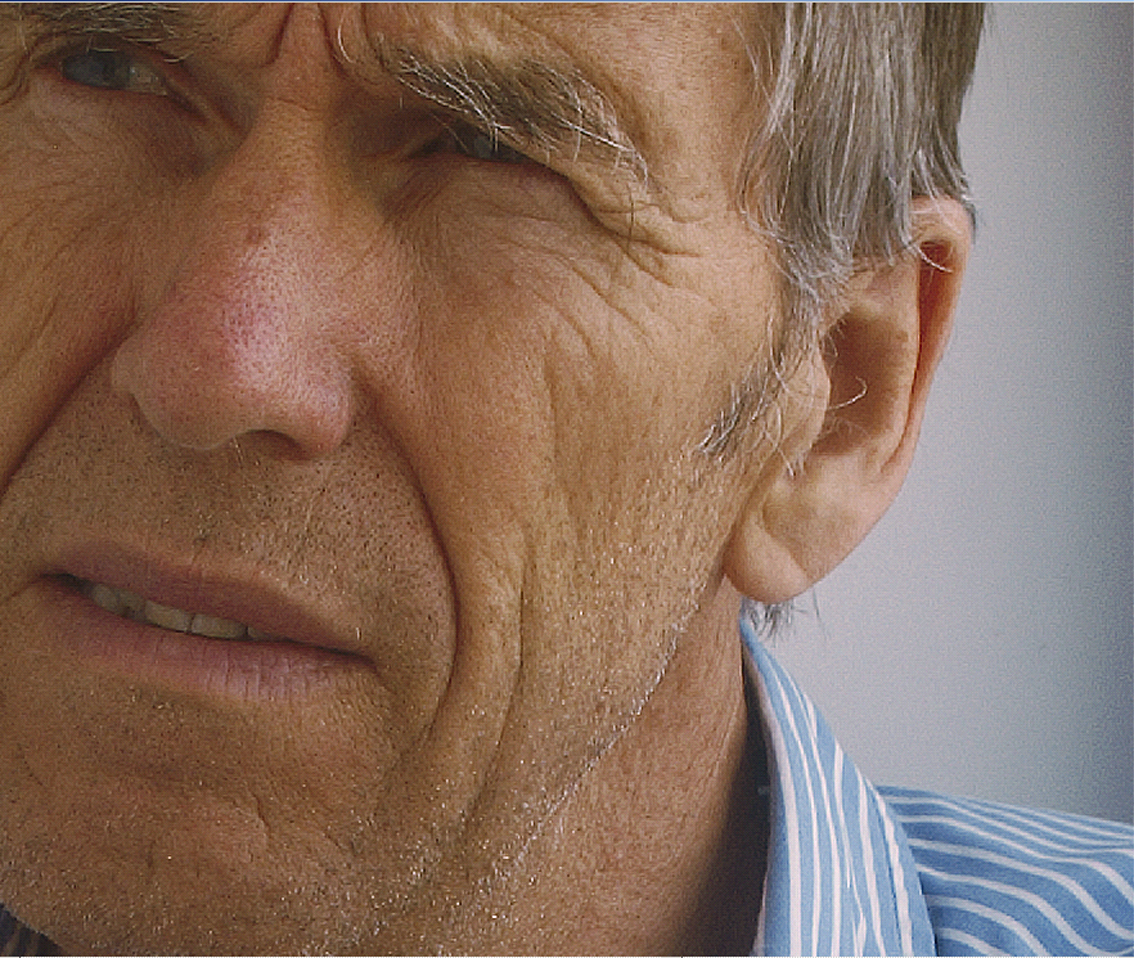
FCPR 480 ppi. Detail of 250 mb file. Screenshot @ 33% converted to jpg 120 ppi 24 cm wide.
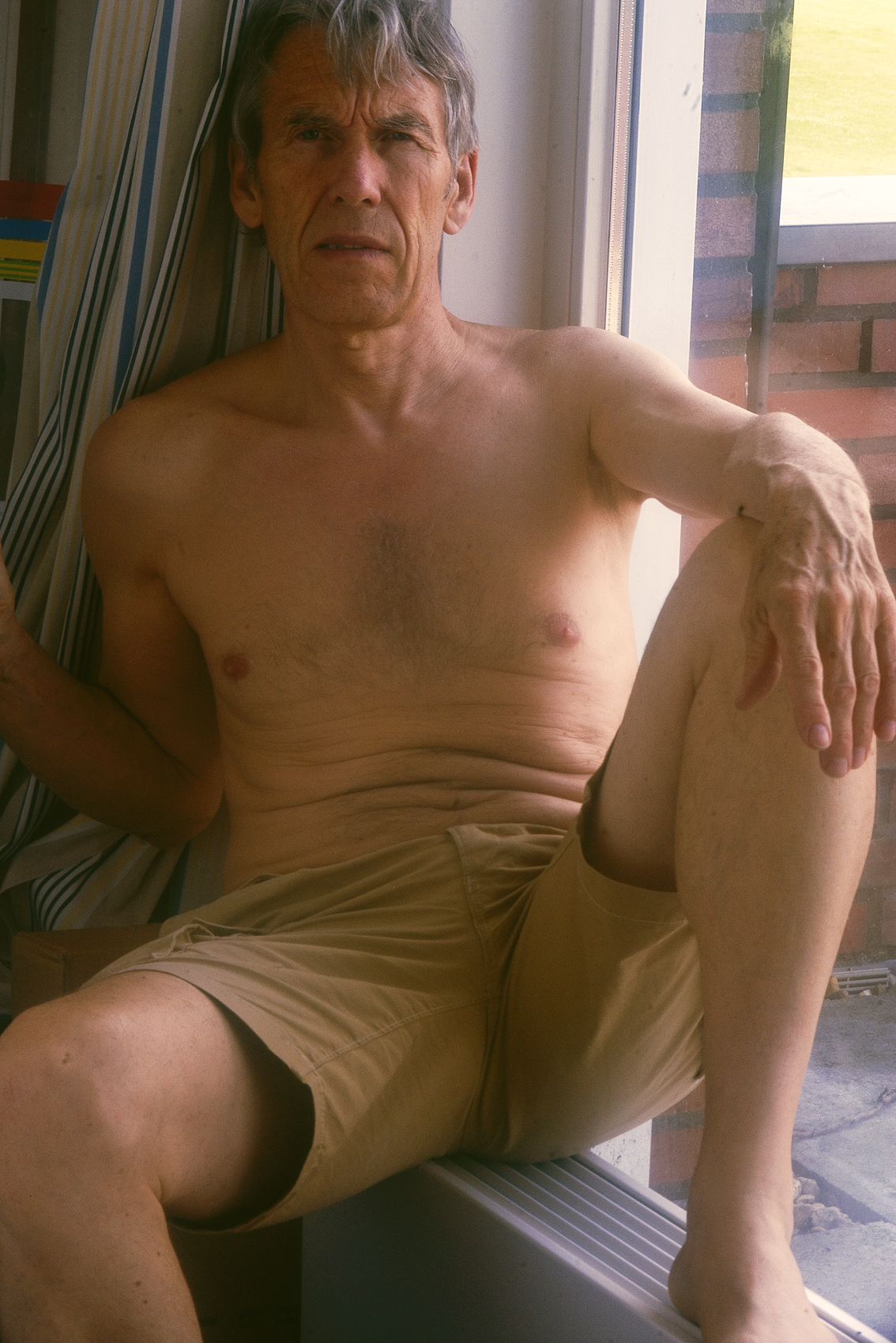
Apo-BRCR 16 x 24 inch 480 ppi. Distance 3.6 m. Sharp S3/C2. The color looks nearly the same as the CRCR; the subtle difference we see must be due to the old English glass this one contains, contrary to the CRCR, that is partly prewar German.
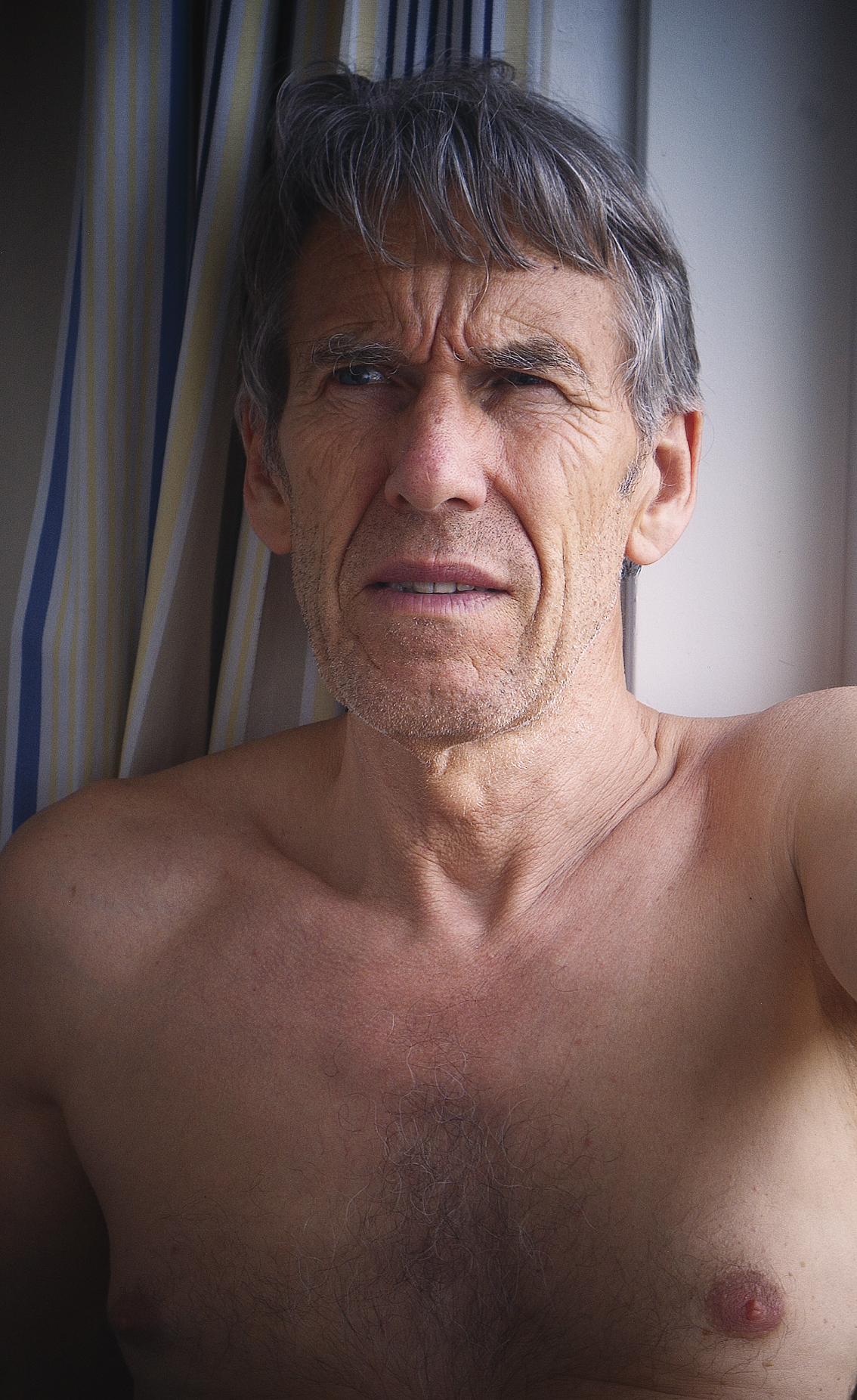
Apo-IRNR 16 x 24 inch 480 ppi. Distance 2.2 m. Cropped. New Skin Profile. Daylight.
This lens, with some prewar German glass, is exciting sharp and contrasty.
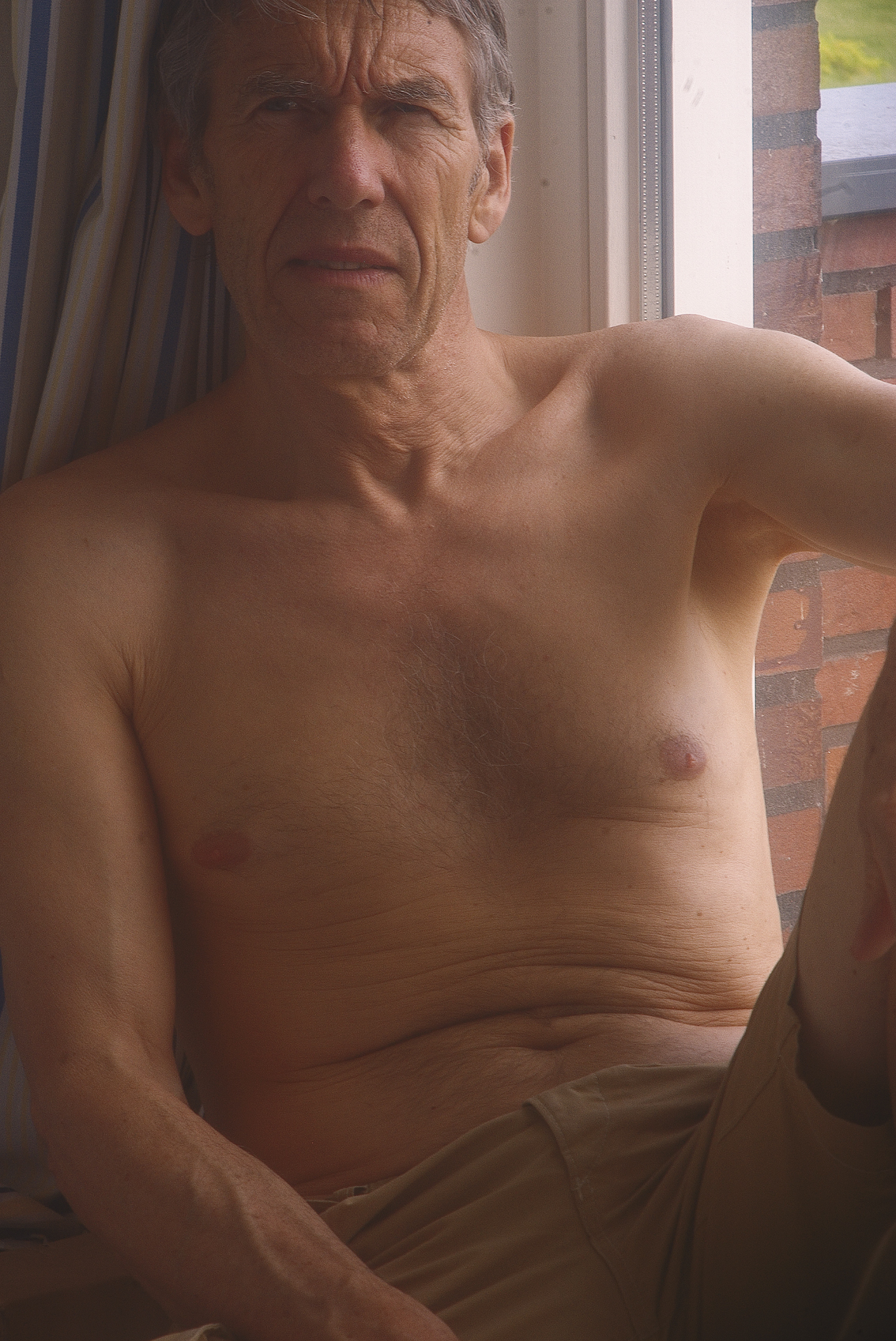
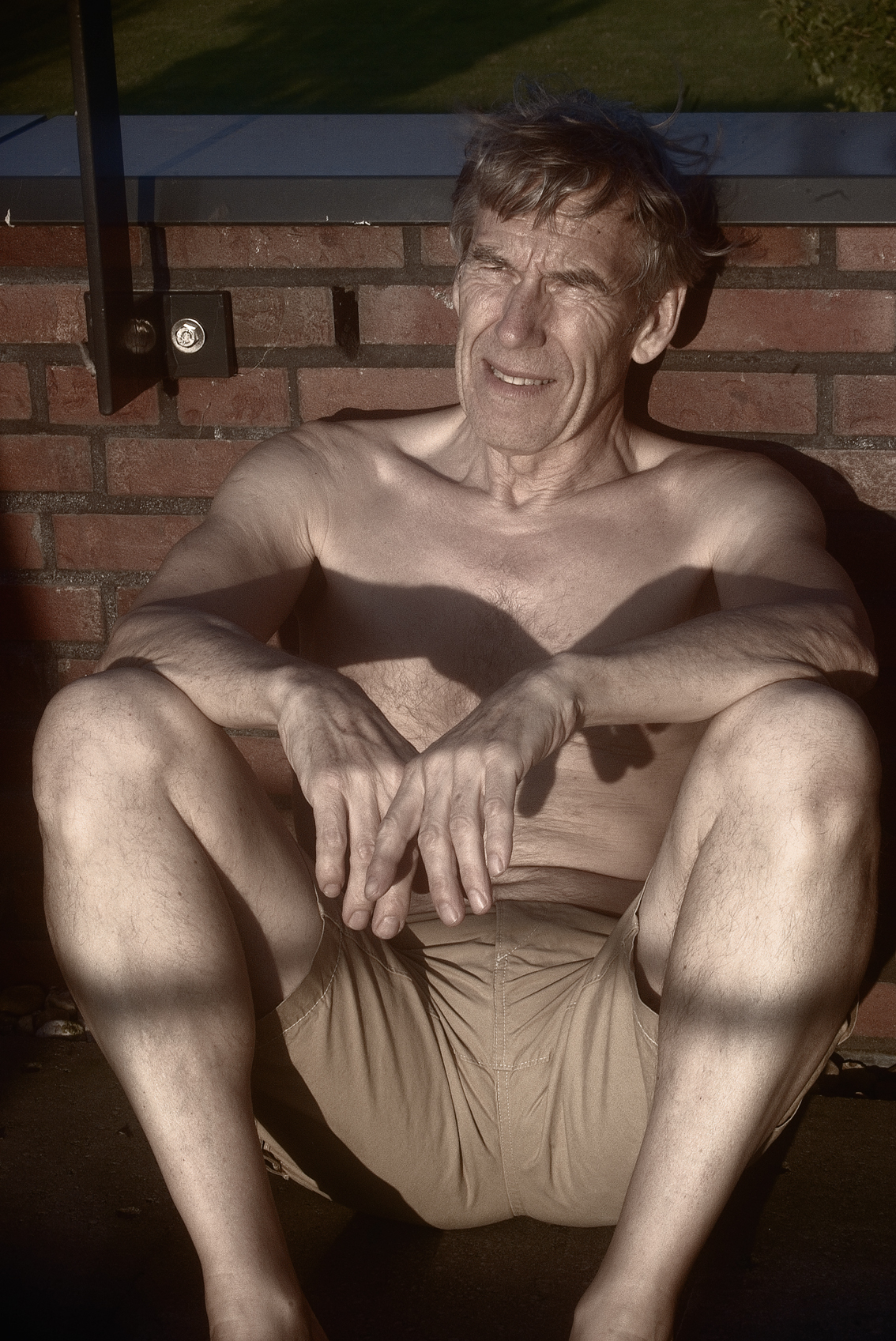
Weird light.....................................................................................................................................Sybrand 2014
HBCR 16 x 24 inch 480 ppi
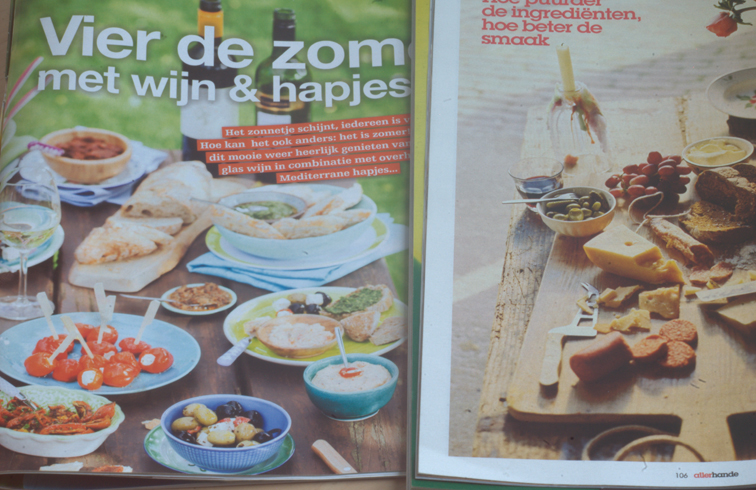
Are these ones made with a 2mpx Nokia, an underwatercamera or with a GoPro, skiing downhill?
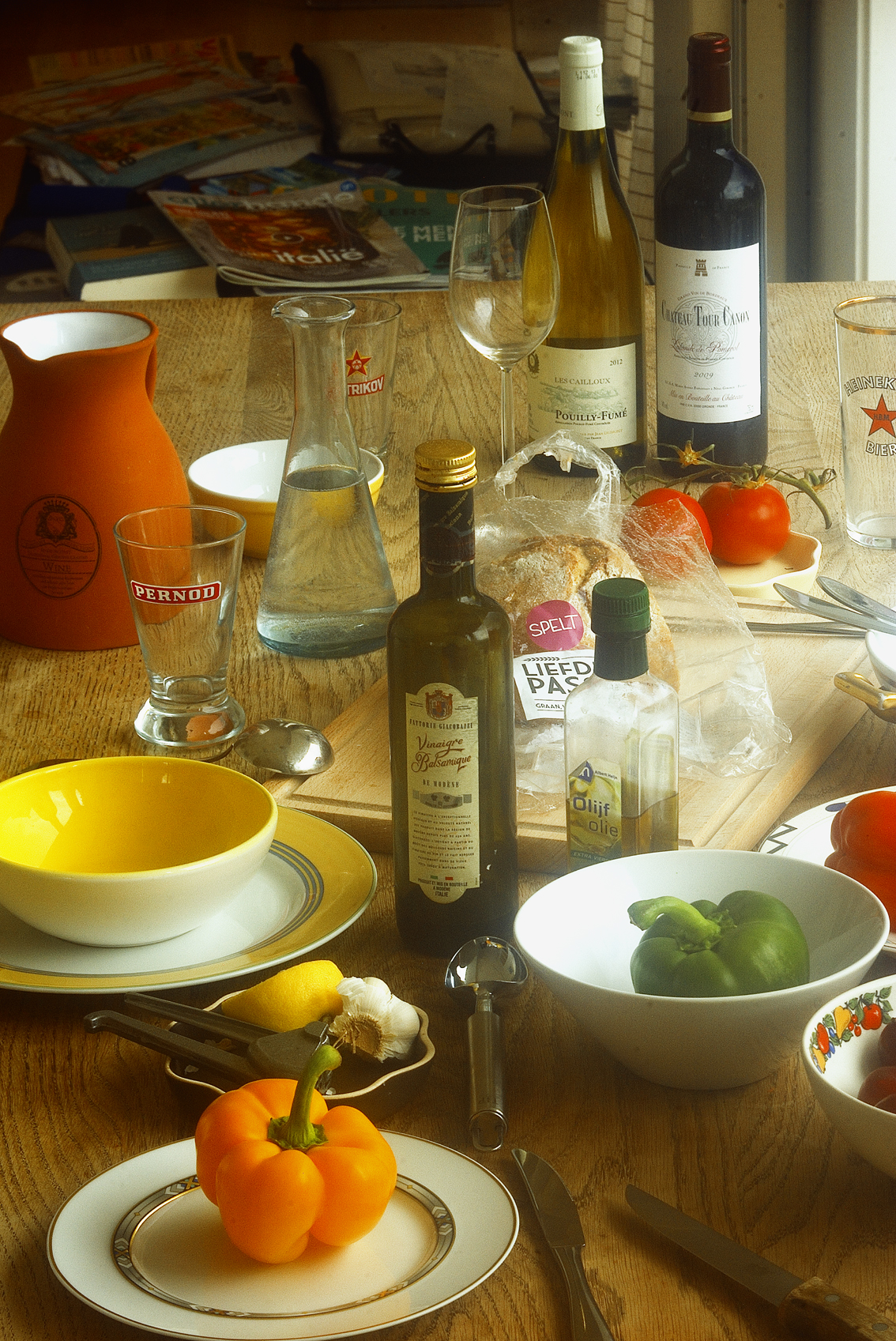
BRXR 16 x 24 inch, 480 ppi.
NLT/NSR. Colorcraft 3.0. PixelGrow. HighSharp.
Any way you want it:
sunny and bright (above) or (below) closer to reality, or anything inbetween...
Fine-painting modifications
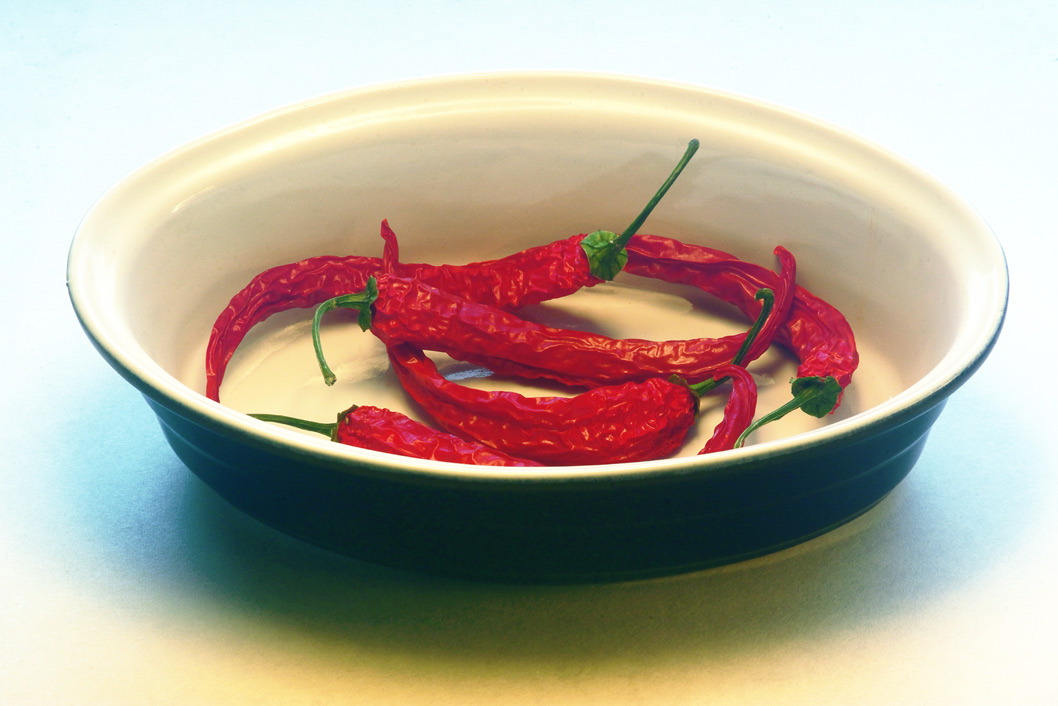
It doesn't take 3 months to make a fine painting, but still approximately 4 hours. You have to work hard to make a great work of art. Downsampled from 295 ppi.
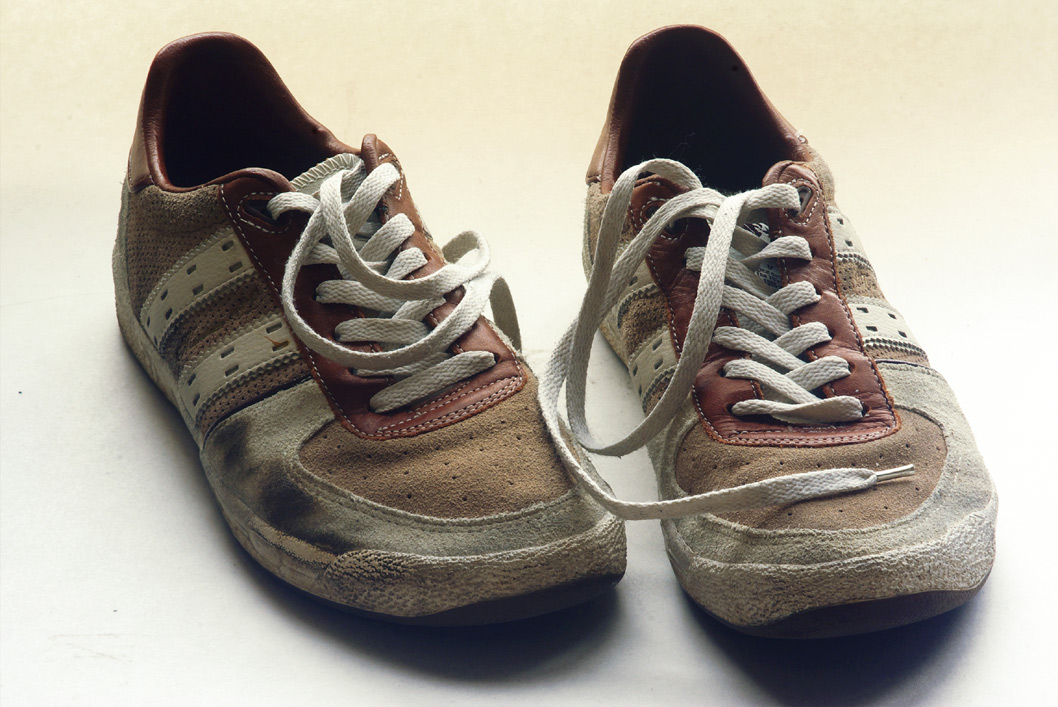
It's not a fair contest, the battle between a six-megapixelcamera and a 41 ms-camera, but after some work there is not so much difference to see (except that my depth of field is better...). Soft daylight. HRCR.
Both pictures were downsampled to 28 cm, 96 pp (originals were 23 inch 300 ppi). Below Hasselblad HD 40. Very contrasty light. Flash?
(picture Salomon)
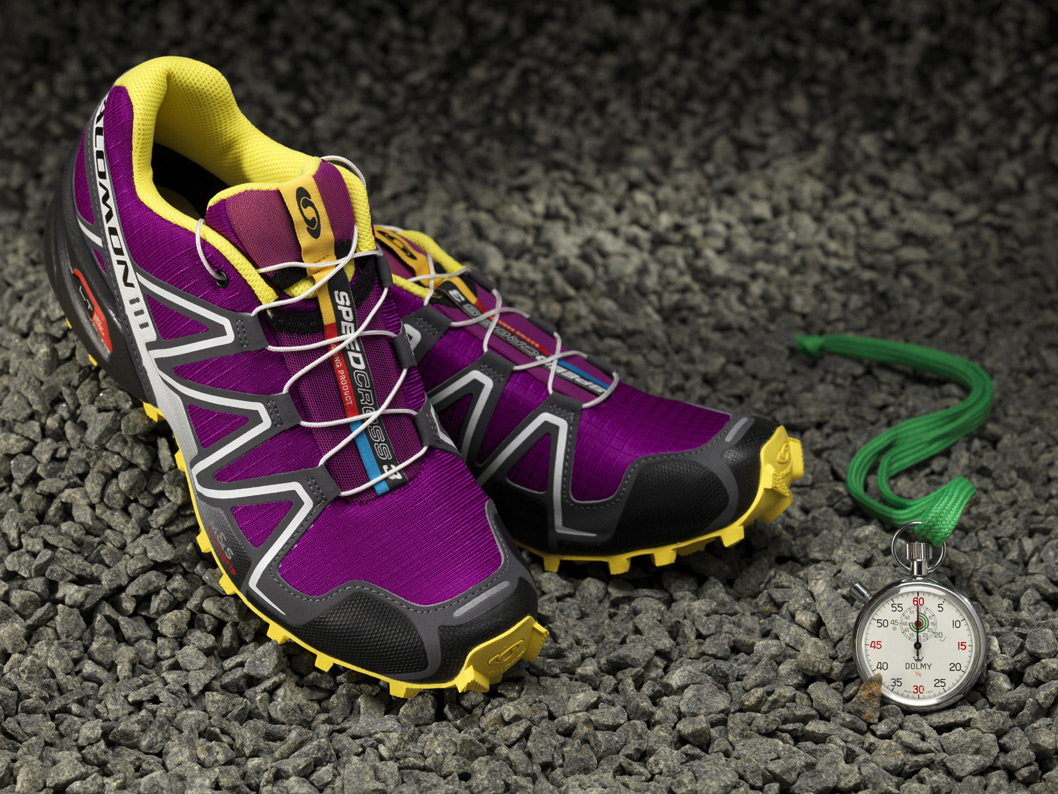
About pixels per inch
Most printers produce good quality prints when you have file of 300 ppi.
Incidentally, almost all printers operate best for general photographic usage at around 1440 DotsPerInch. The higher DPI modes like 'Photo RPM' are useful if you're printing really high key (i.e. all light toned) shots, but next to useless for general printing. In fact, they are worse than useless, they are positively damaging - way too much ink is layed down on the paper, resulting in seriously impaired shadow detail. And of course the more ink you use, the more ink you pay for (an Epson R800 running in 'Best Photo' mode is less than half as expensive to run as one left in 'Photo RPM' mode for instance, and in 99.9% of photos, you'll get worse quality from the 'Photo RPM" mode!).
Pixels Per Inch is the key term. It is a description of the logical number of pixels from your original image (X pixels by Y pixels) that will be used to tell the printer to print one inch on paper. Assuming a sharp original shot with good technique, the higher the PPI, the better the quality print you can achieve - this is testably true even well beyond most claims of 360 PPI being the most you need ... 600 PPI images can easily be seen to be much sharper again if this data is available at good quality from the original file).
PPI is a logical term - changing the PPI of a particular file does not in any way affect the file itself - it is simply a decision about how many pixels of the available pixels you will use to print an inch on page. You can choose any number you like - from 1 to infinity. The de facto standard for high quality, photographic printed images is 300 PPI - that is, for each inch of the printed image, there must be 300 source pixels to use. (imagescience.au).
So the printer uses the source pixel to determine how many inkdots it must lay down on a inch of paper.
For instance when you scan a 6 x 6 cm transparancy with 2711 ppi, this will result in a file with about 41 million pixels. For one side (6 cm) you have in total 6400 pixels at your disposition. When you want to print it, for instance to 24 x 24 cm there are still the same 6400 pixels, but now you have to spread them over that 24 cm, so there will be 'only' 677 pixels left per inch. With 48 cm you have 338 pixels per inch left.